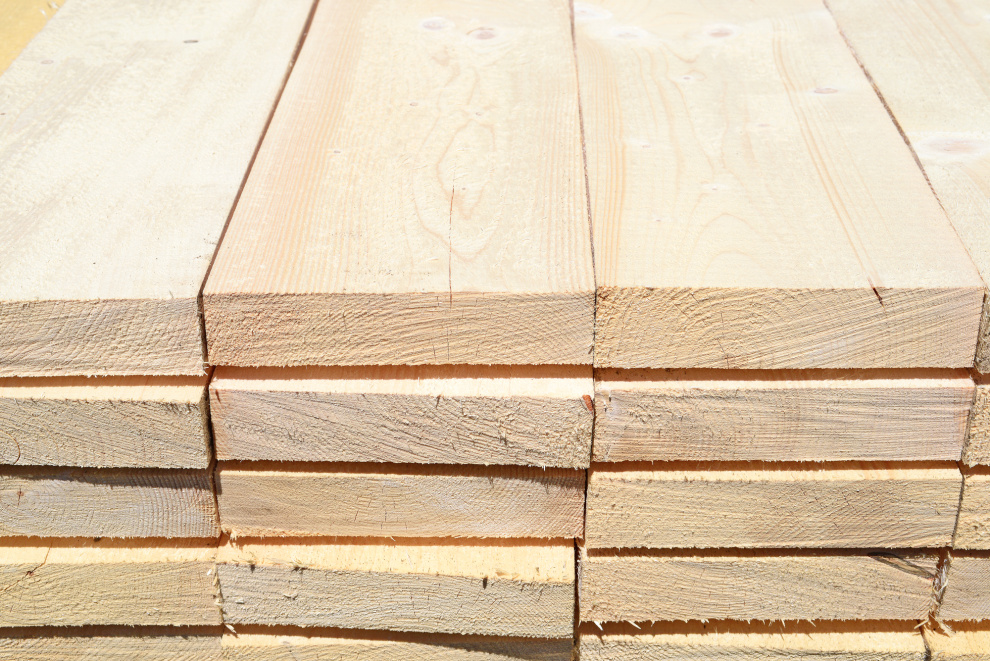
Price for lumber exported from Sweden to the U.S. expanded 8%.

Price for lumber exported from Sweden to the U.S. expanded 8%.
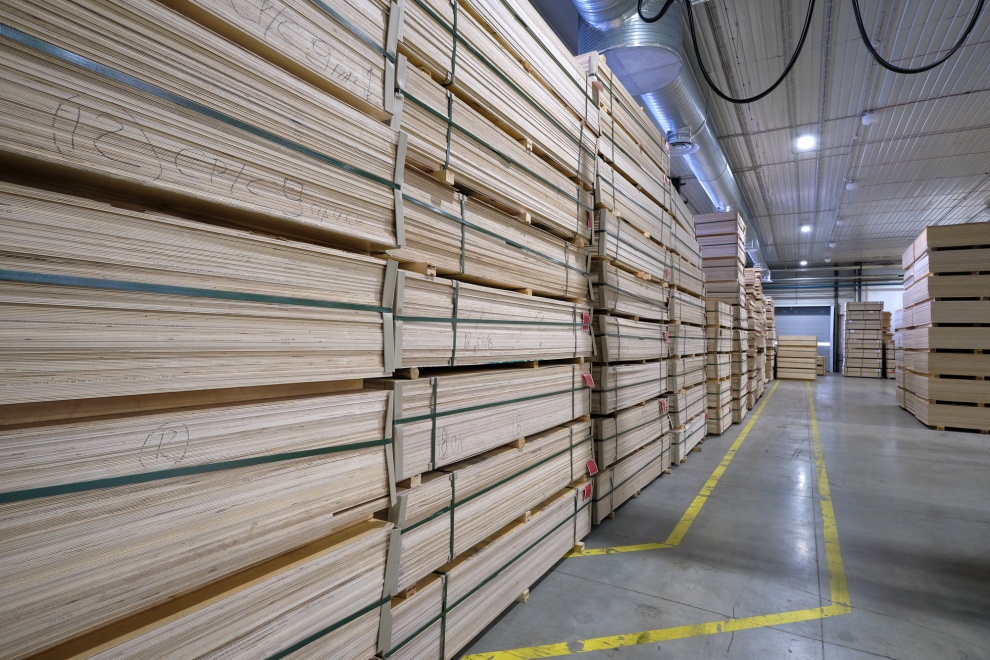
Price for plywood imported to the U.S. contracted 12%.
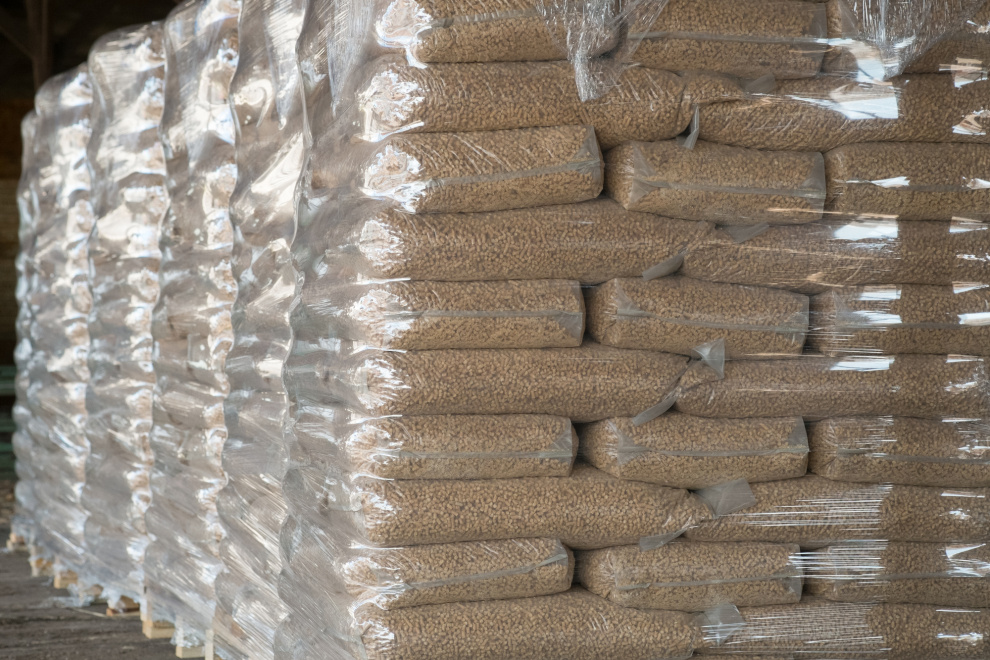
The price for wood pellets exported from the U.S. slips 0.9%.
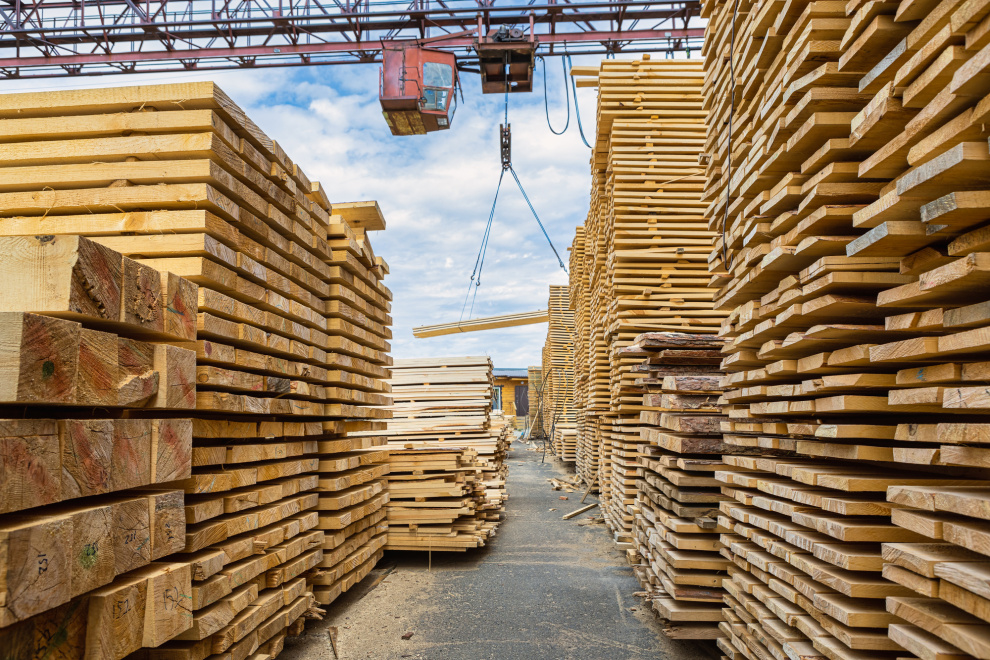
Exports of lumber from the U.S. to Mexico decreased 11%.

Exports of OSB from Canada upped 4%.
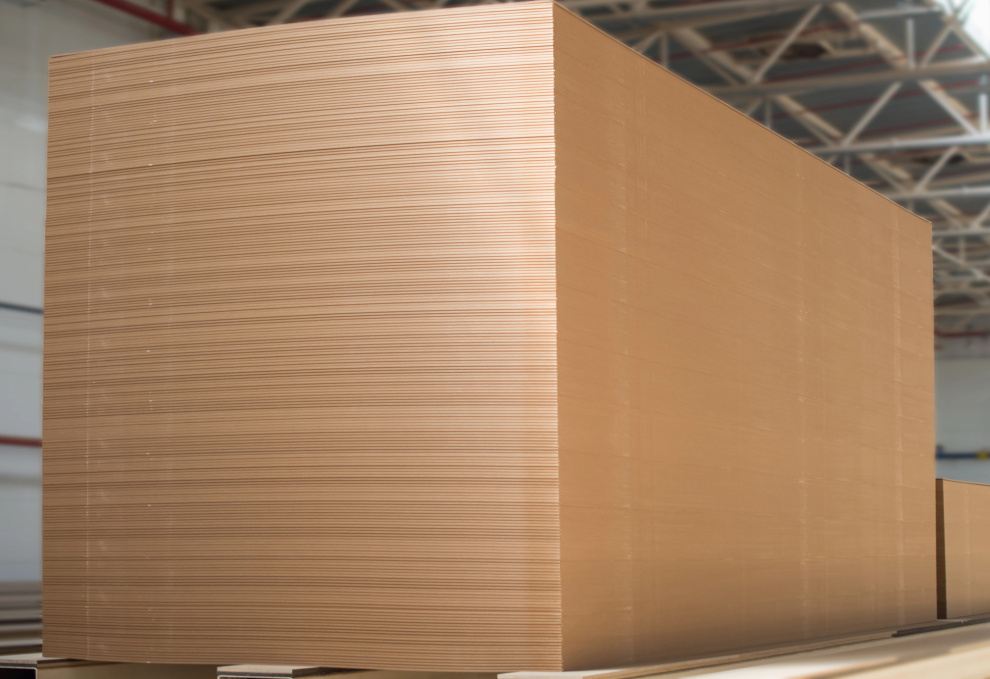
Exports of MDF panels from the U.S. to Mexico expanded 7%.
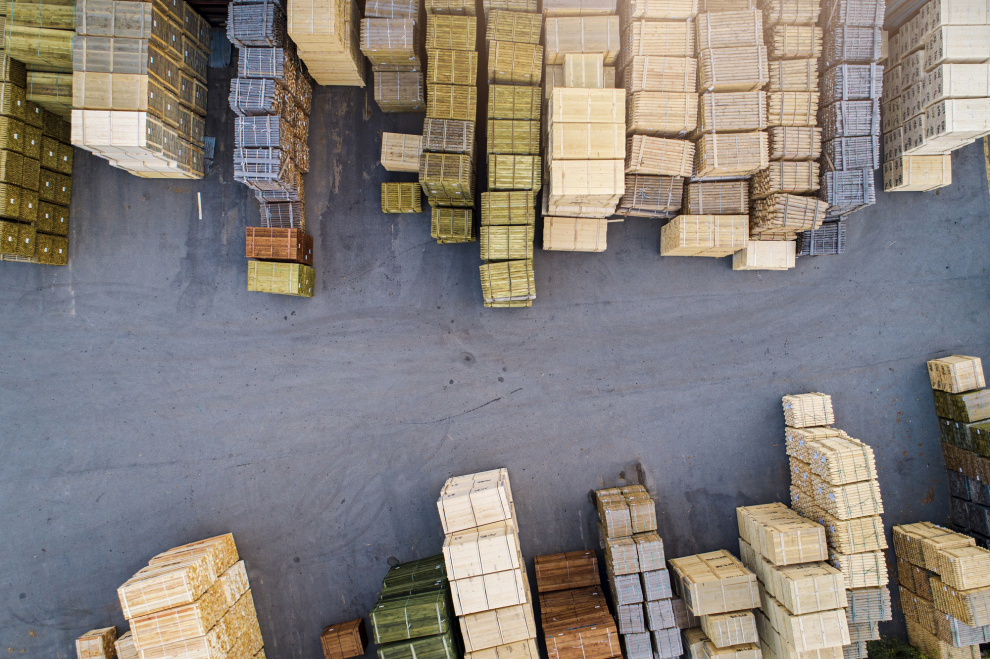
Price for southern yellow pine lumber exported from the U.S. increased 9% YoY.
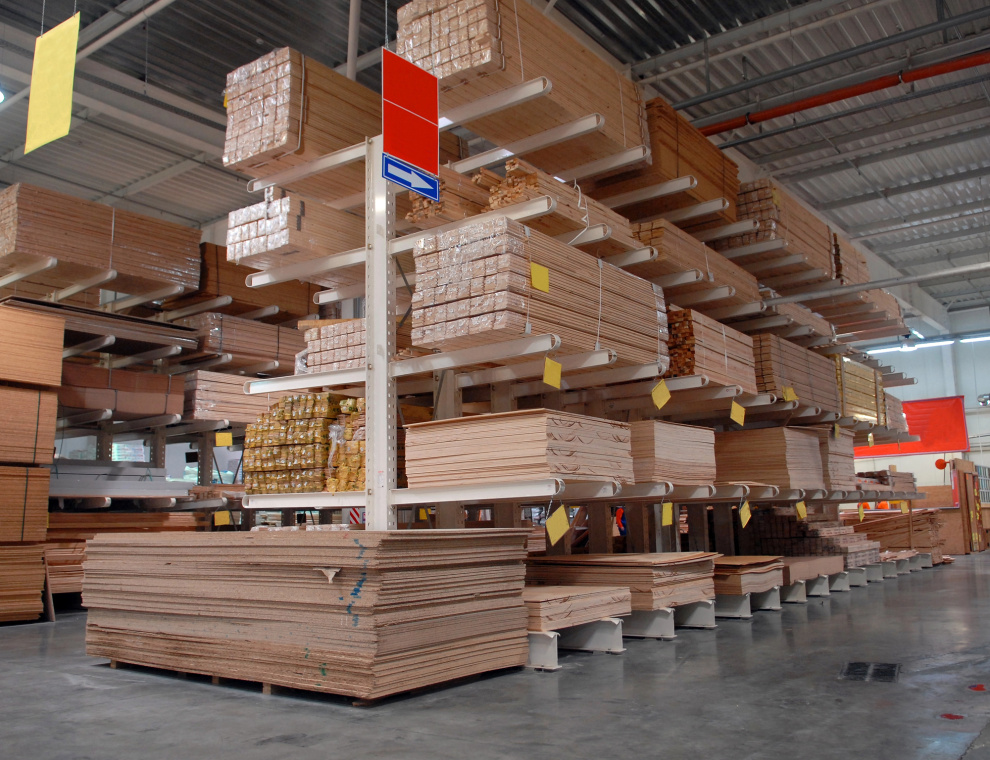
U.S., China, and Japan drive nearly all of 1.2 million m3 export drop by volume.
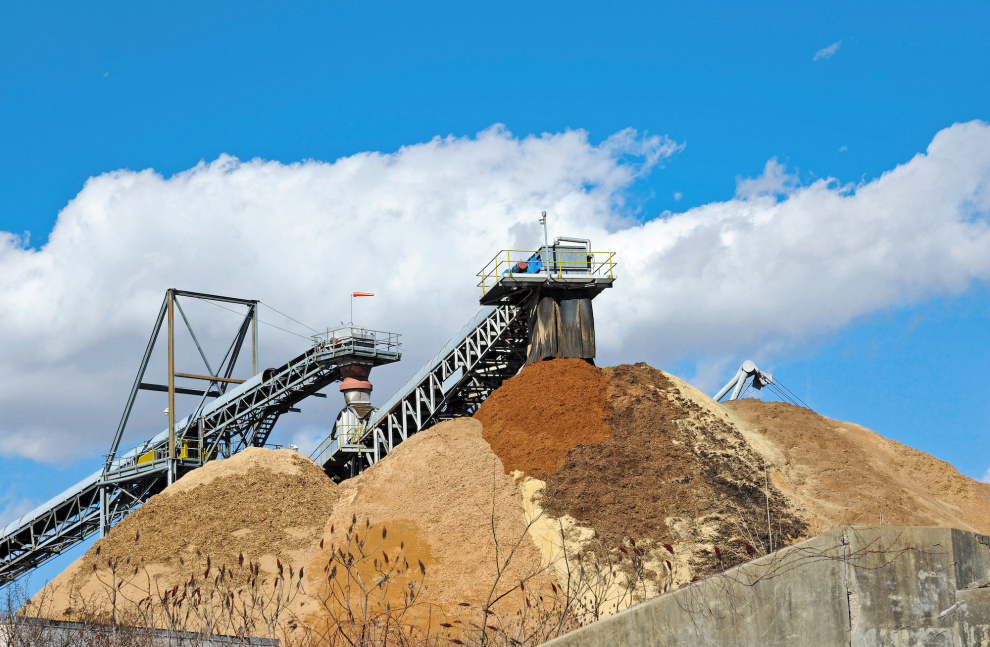
Price for softwood wood chips imported to Turkey lost 11%.
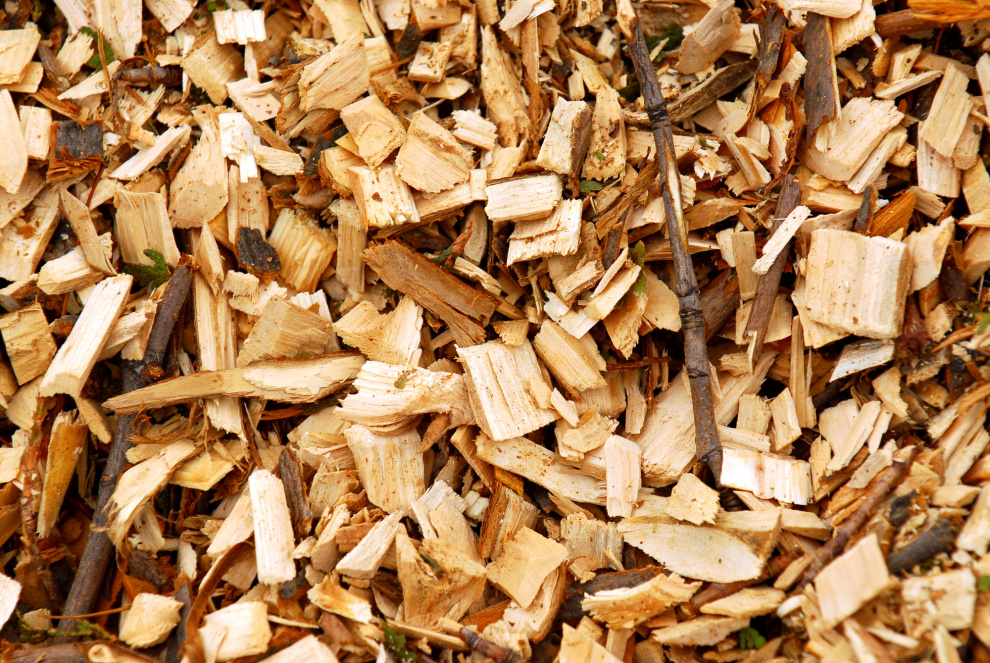
Imports of wood chips to Japan expanded 6%.
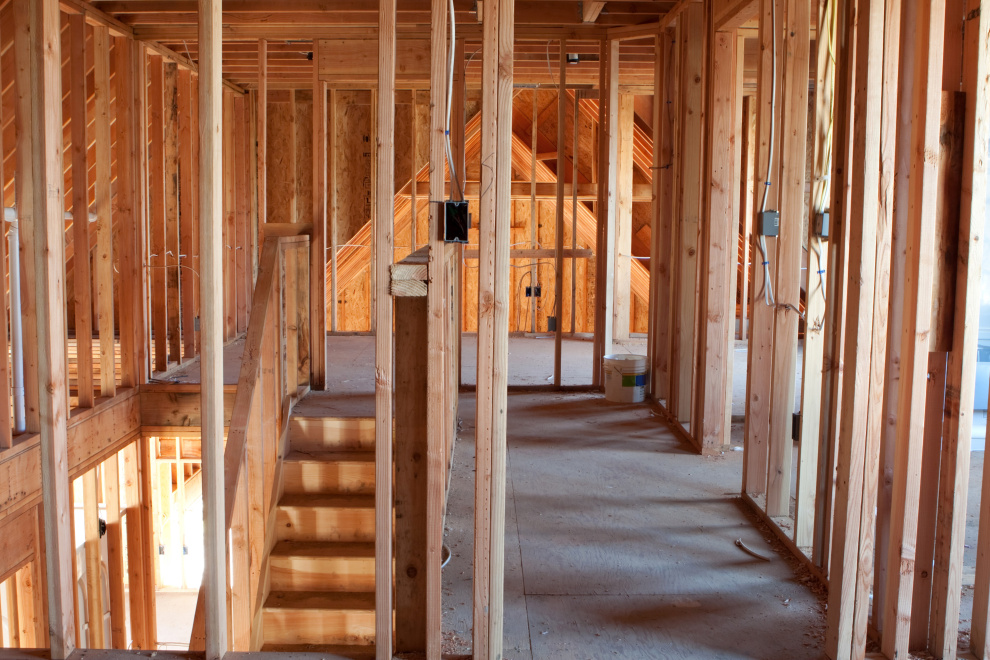
Wooden starts drop 31% and account for 57% of May starts.

Exports of logs from Japan expanded 15%.

Price for wood pellets exported from Vietnam to Japan slipped 0.9%.

Imports of softwood lumber to Japan gained 1.7%.

Imports of lumber to India expanded 8%.

Price for logs imported to India increased 5%.
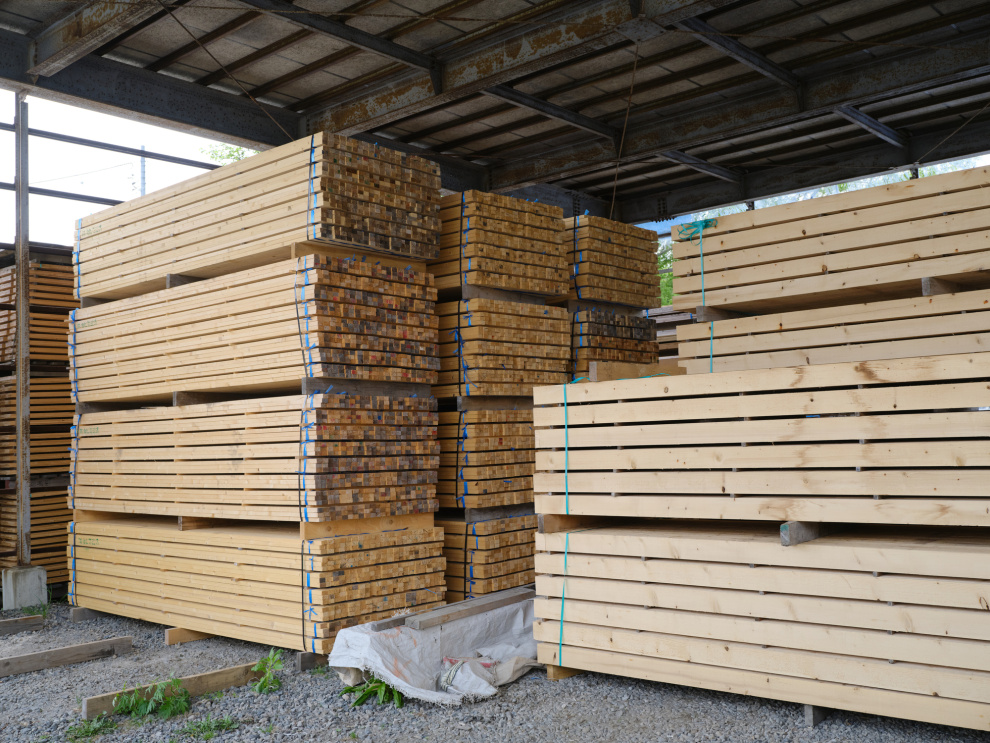
Ending inventory decreased 2%.
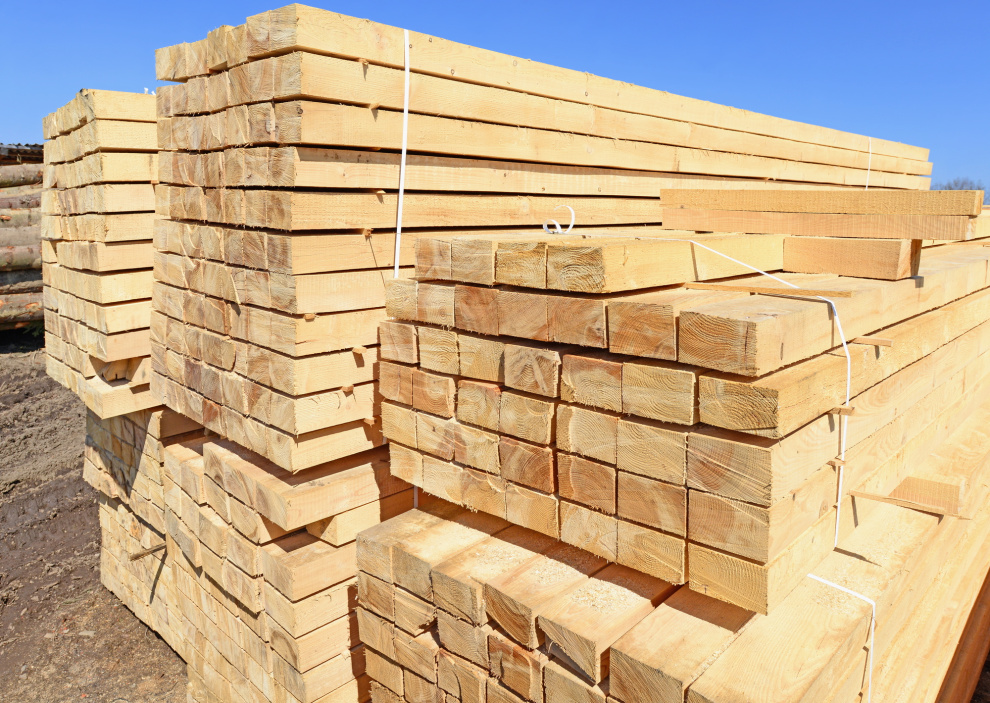
Exports of lumber from New Zealand expanded 11%.
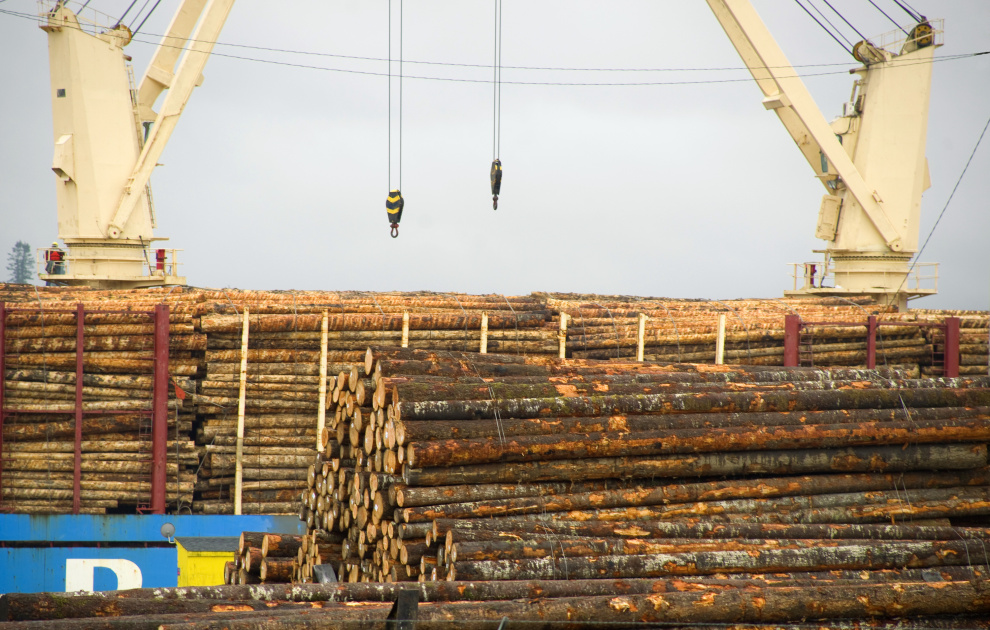
The price of logs added 0.9%.
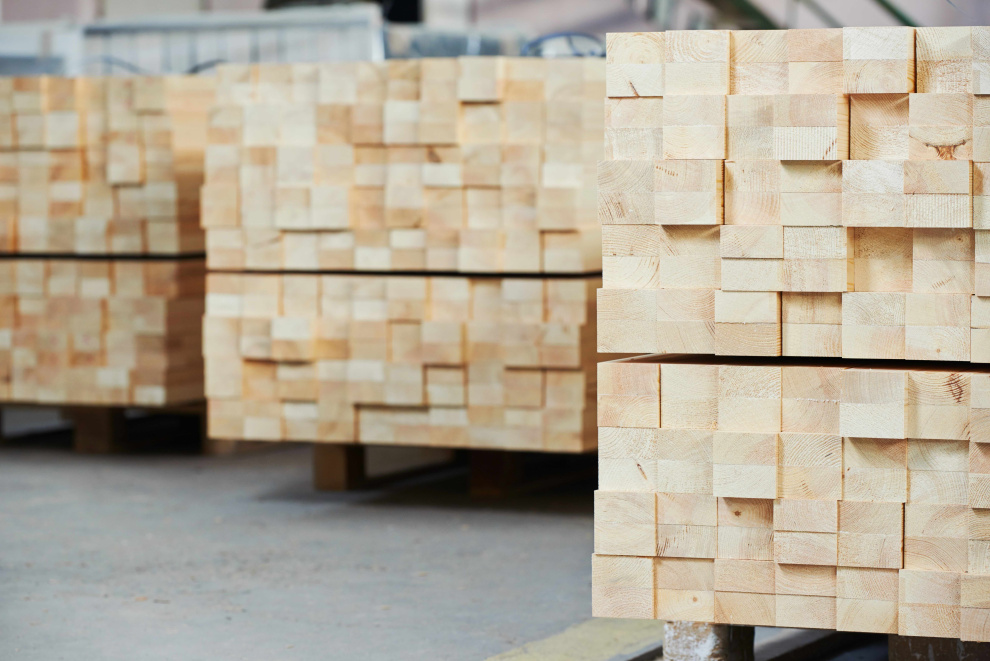
All lumber grades register year-on-year declines.

Price for wood chips exported from Australia to China rose 4%.
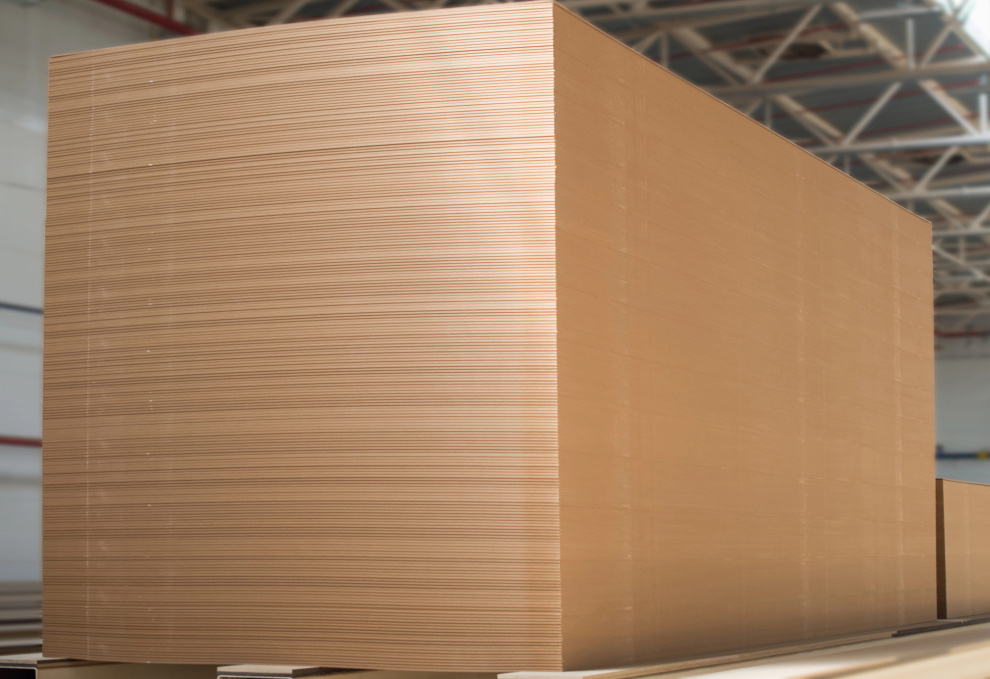
Price for plywood exported from Russia to China decreased 10%.
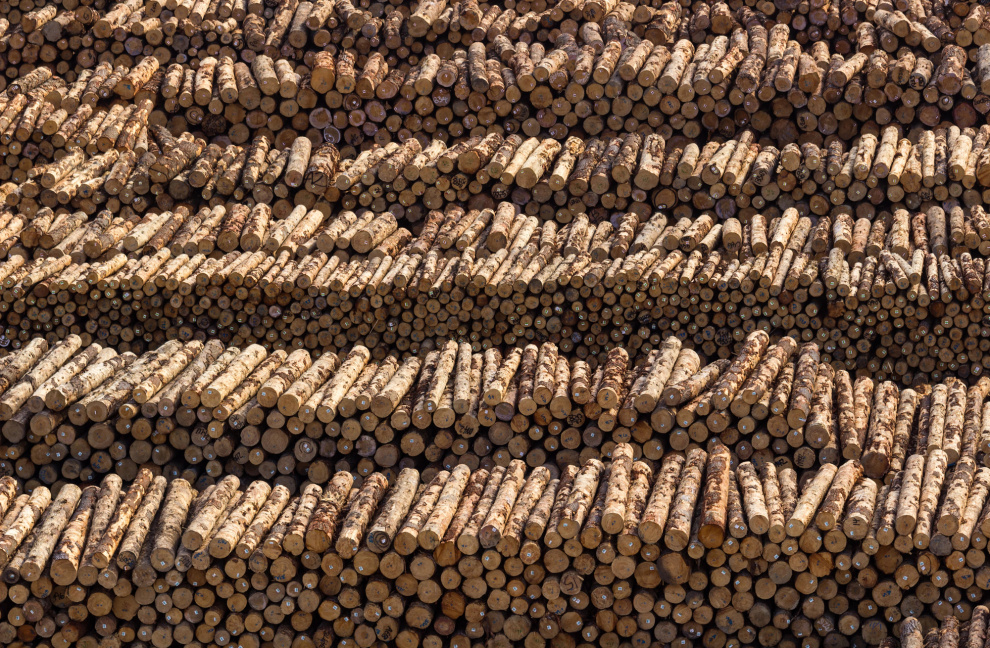
The price of softwood logs decreased 1.6%.
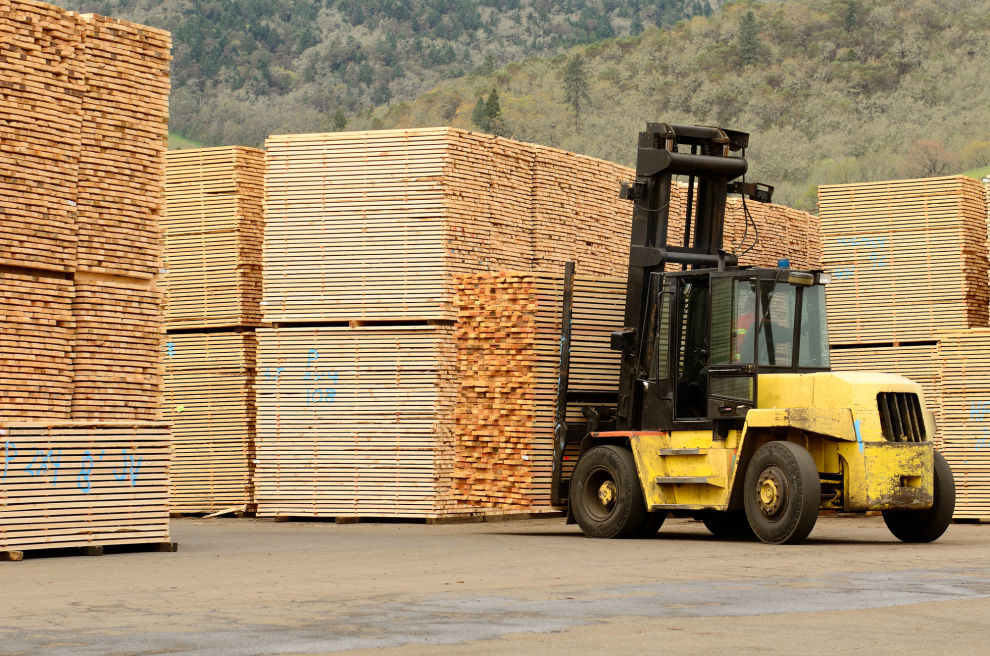
Exports of lumber from Finland to China upped 1.1%.
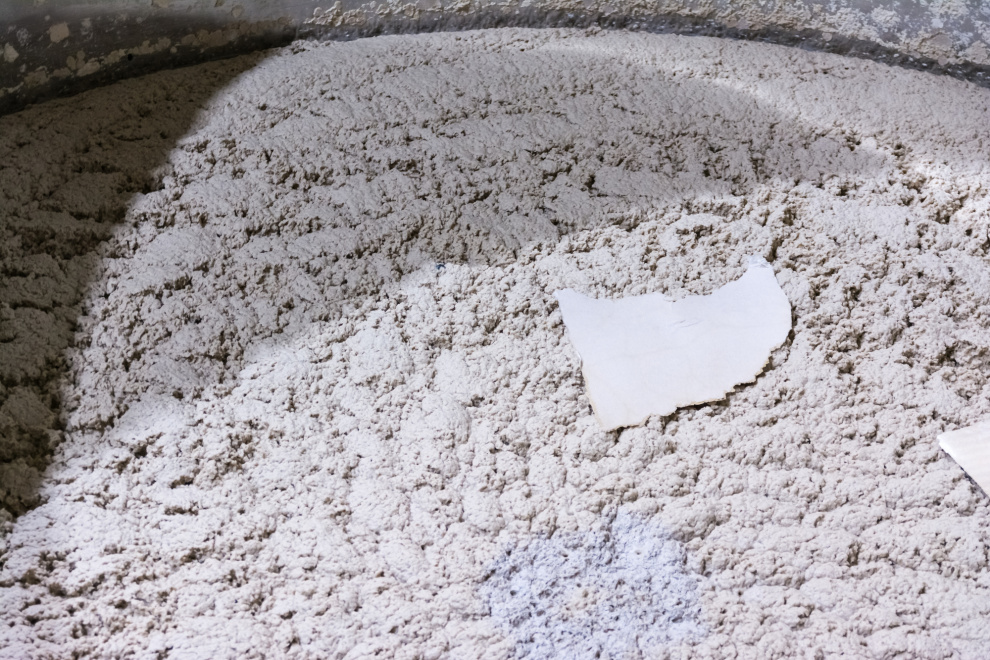
Exports of recycled pulp from Thailand grew 11%.
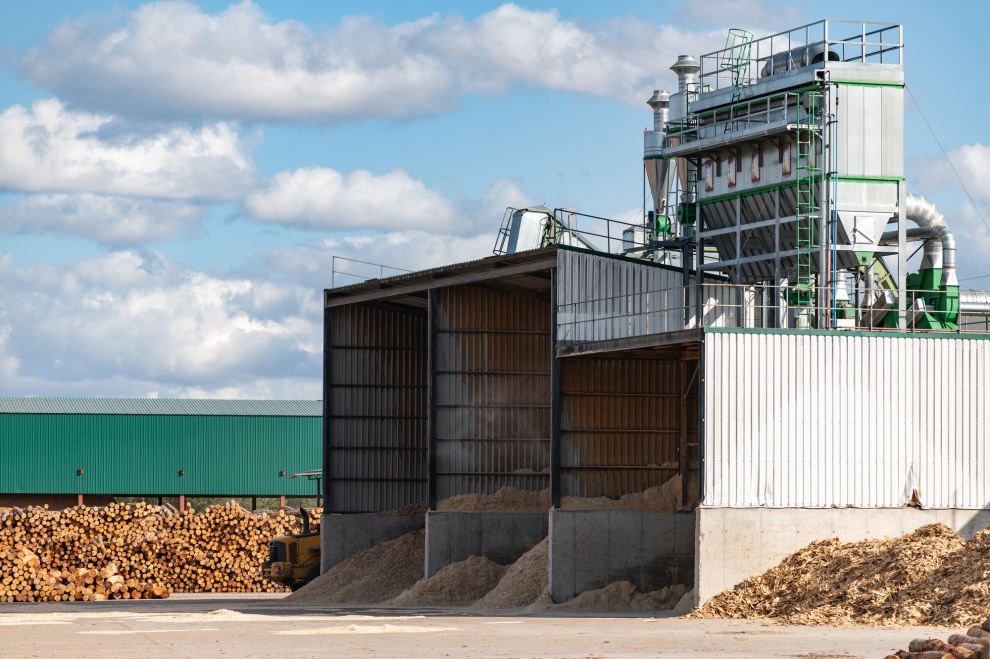
Imports of wood chips to China contracted 14%.
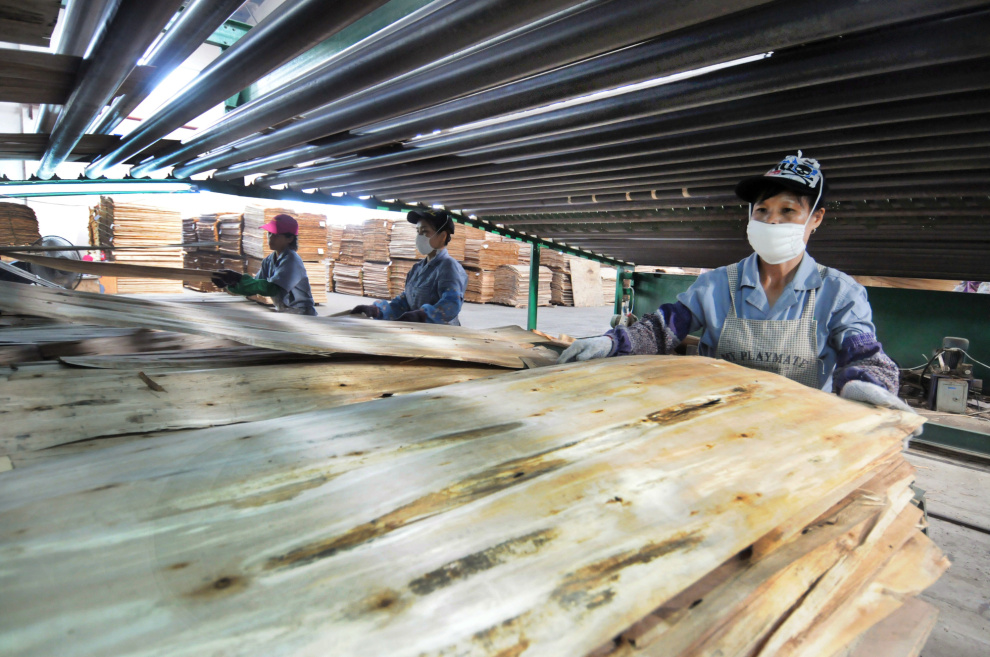
The average price dips 2%.
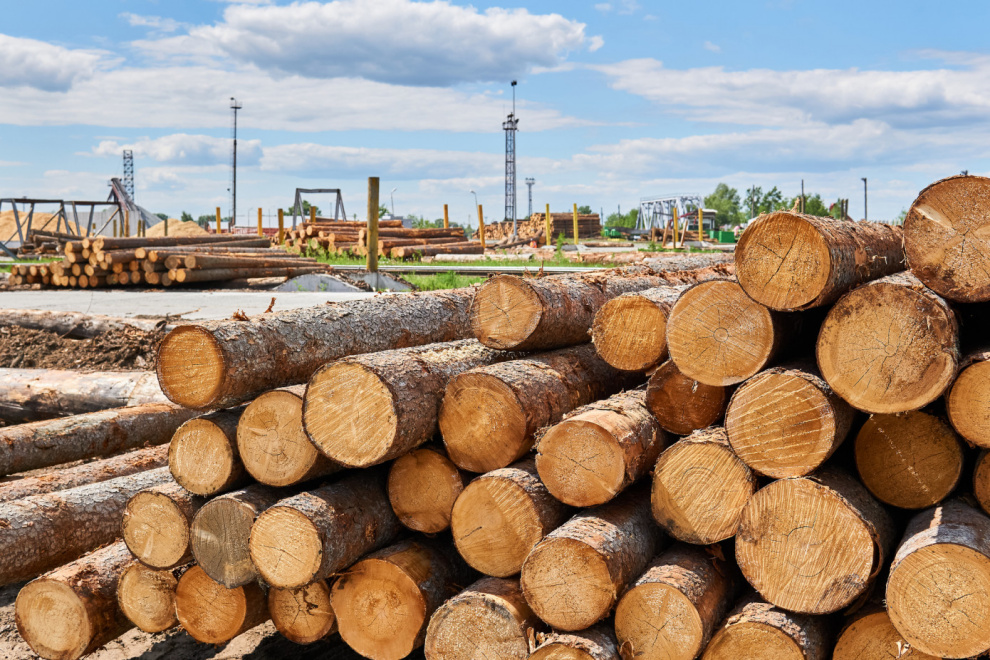
Price for logs exported from the U.S. to China lost 10%.
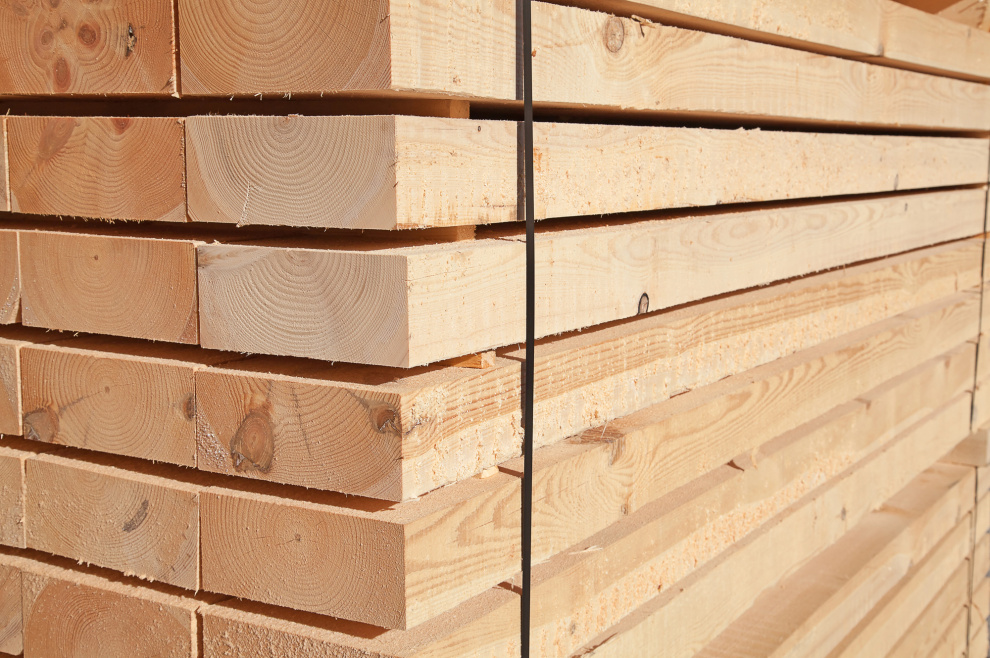
The price of softwood lumber imported to China slips 0.8%.
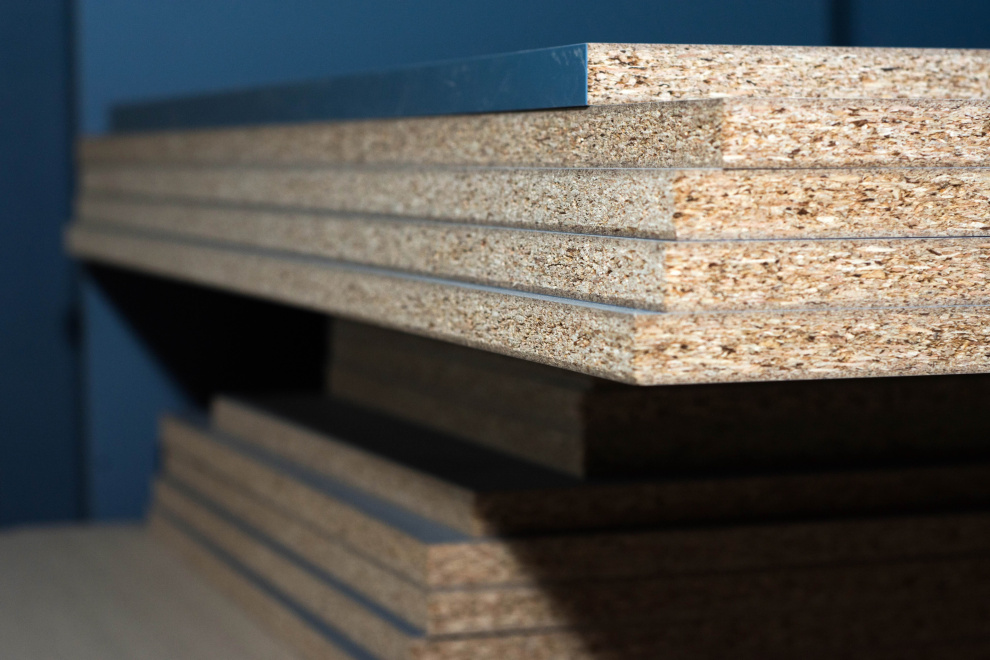
Imports of particle board to Kazakhstan downed 4%.
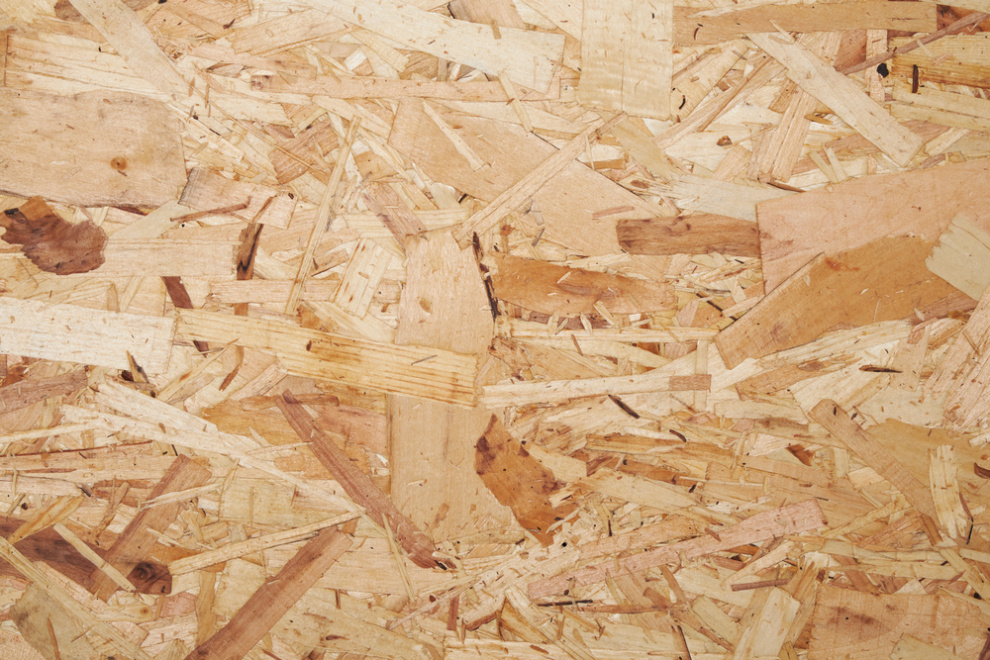
Exports of particle board from Thailand decreased 16%.
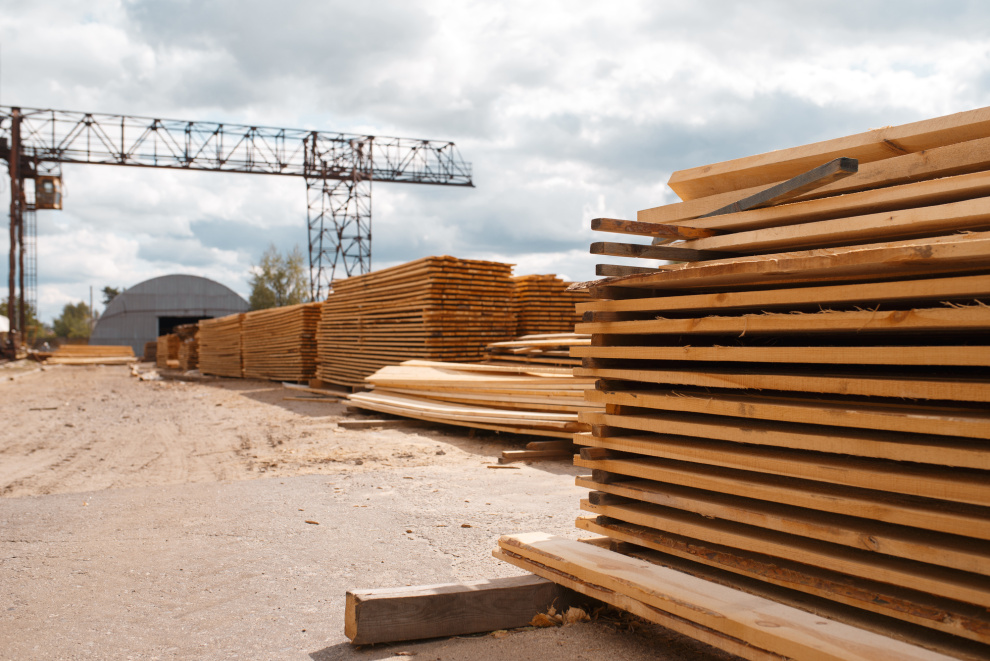
Thailand’s lumber export prices saw limited gains.

Commercial housing sales increase to 71 million m2.
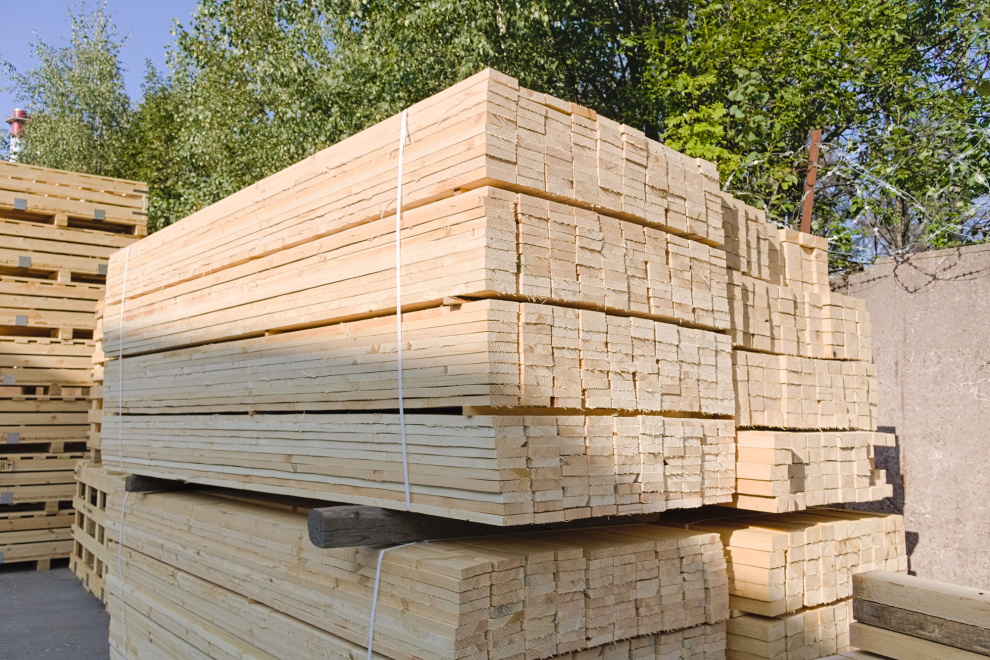
Imports of lumber to Italy grew 11%.
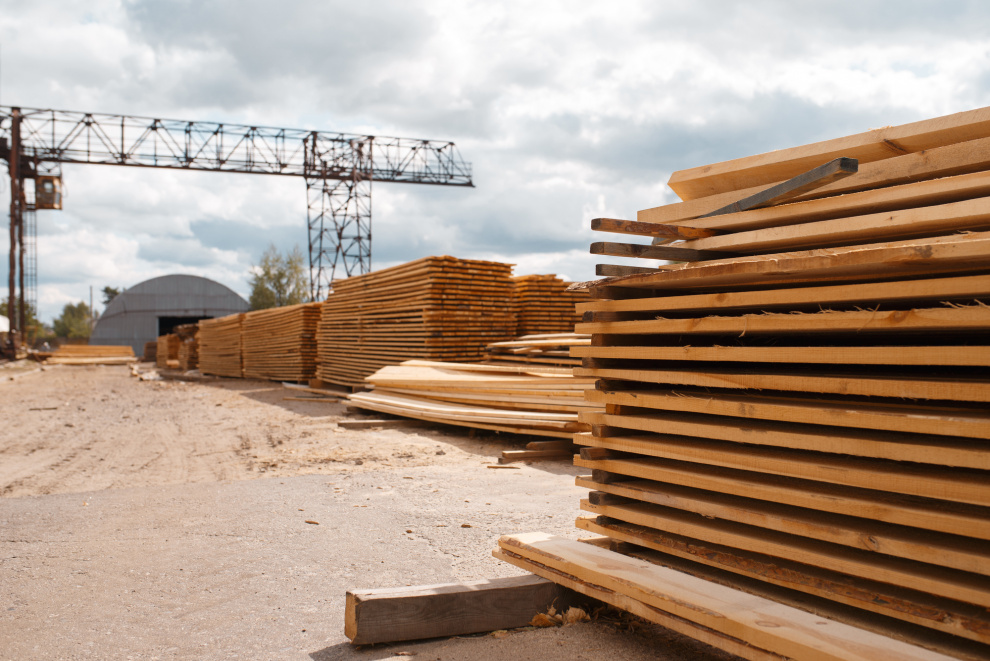
Exports of lumber from Lithuania increased 14%.
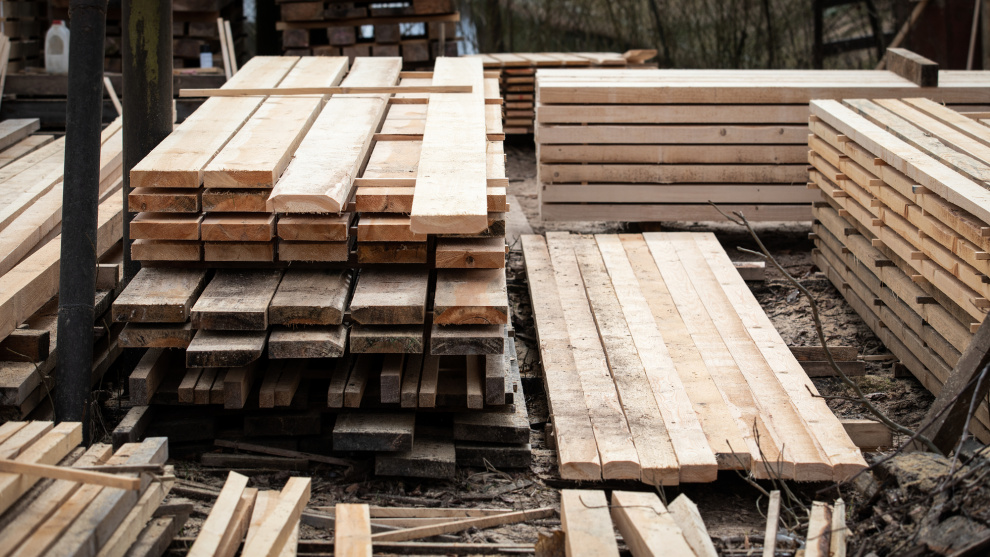
Price for lumber exported from Sweden held steady.
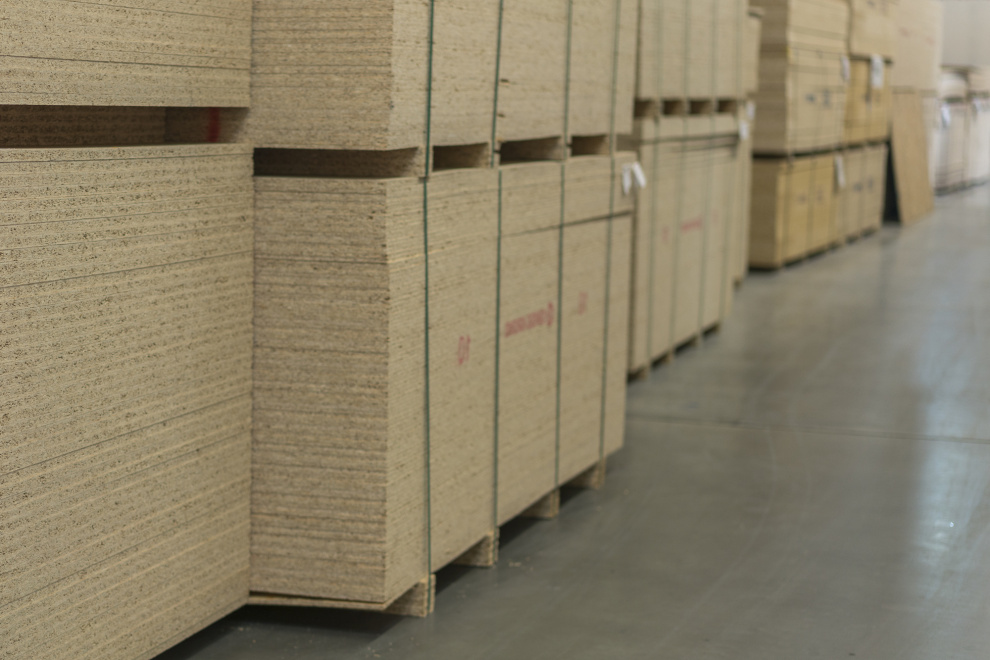
The price of plywood imported into the EU remained steady.
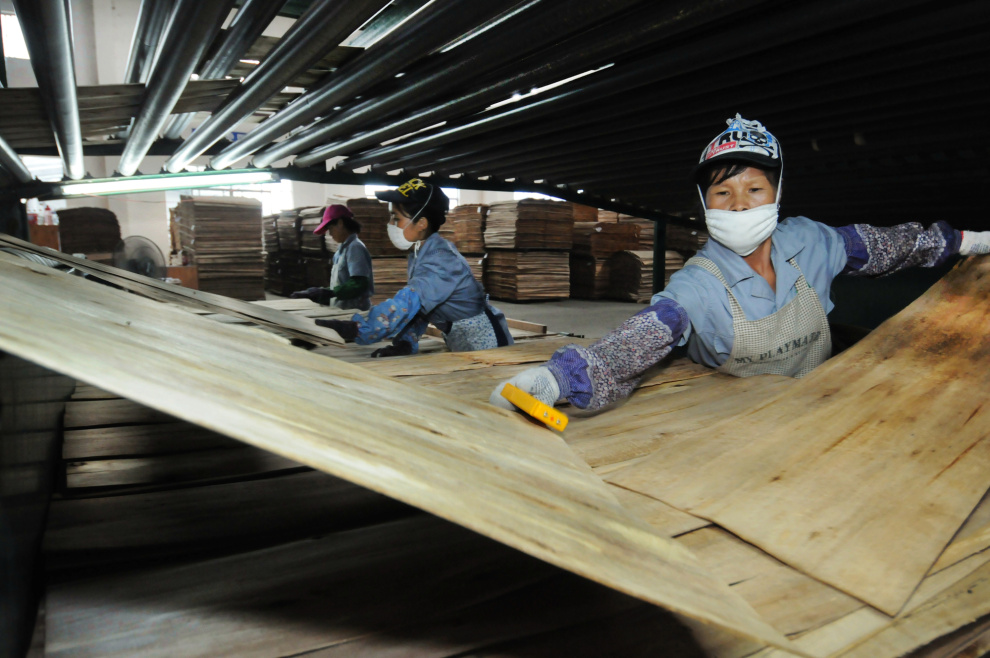
Price for plywood imported to Kazakhstan increased 9%.
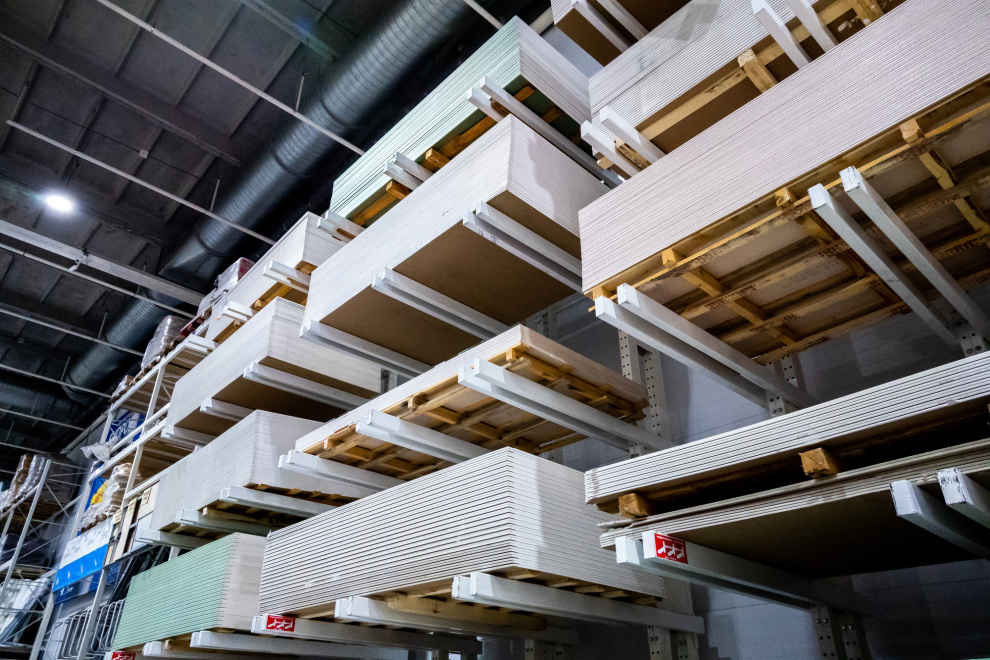
Price for plywood imported to Belgium expanded 6%.
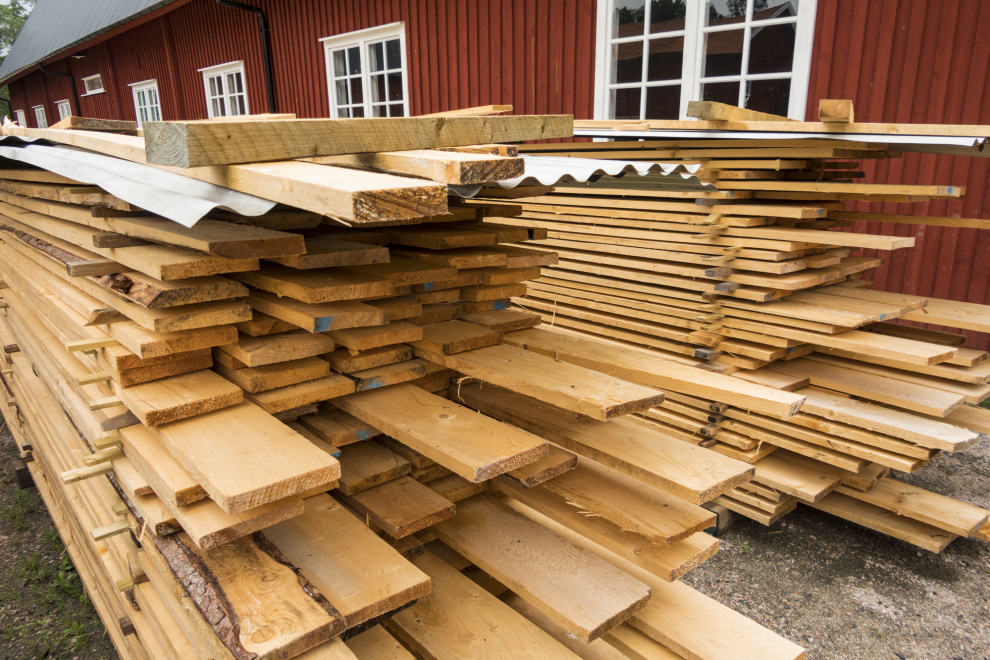
Exports of lumber from Sweden to Morocco lost 10%.

Price for wood pellets exported from Vietnam to South Korea added 0.9%.

Imports of lumber to Kazakhstan expanded 13%.

One-third of Church-managed forest to adopt nature-based methods under new sustainability proposal.
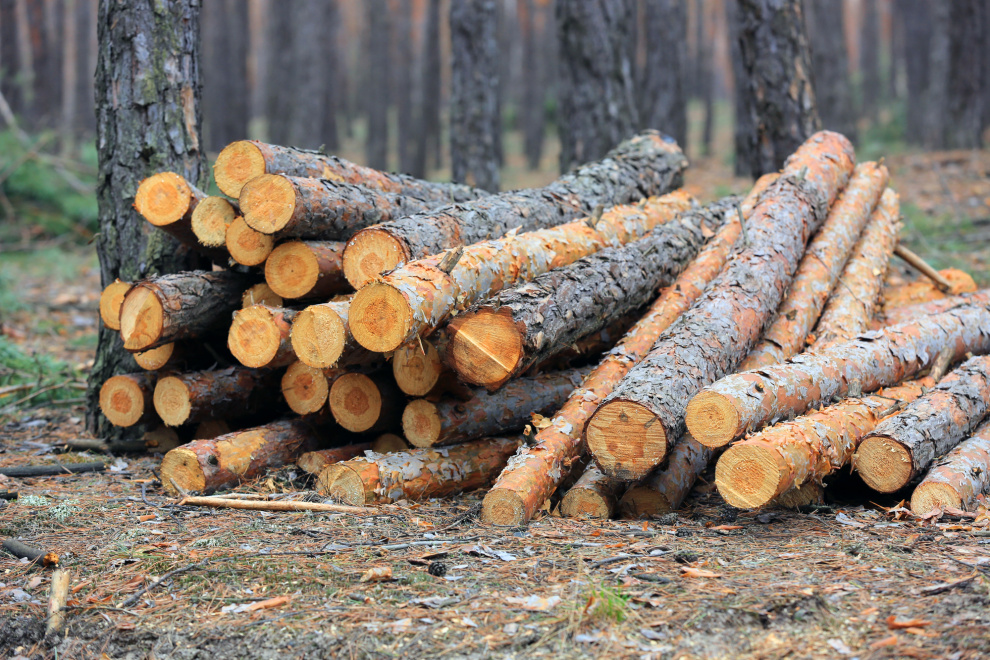
Exports of logs from Norway gained 5%.
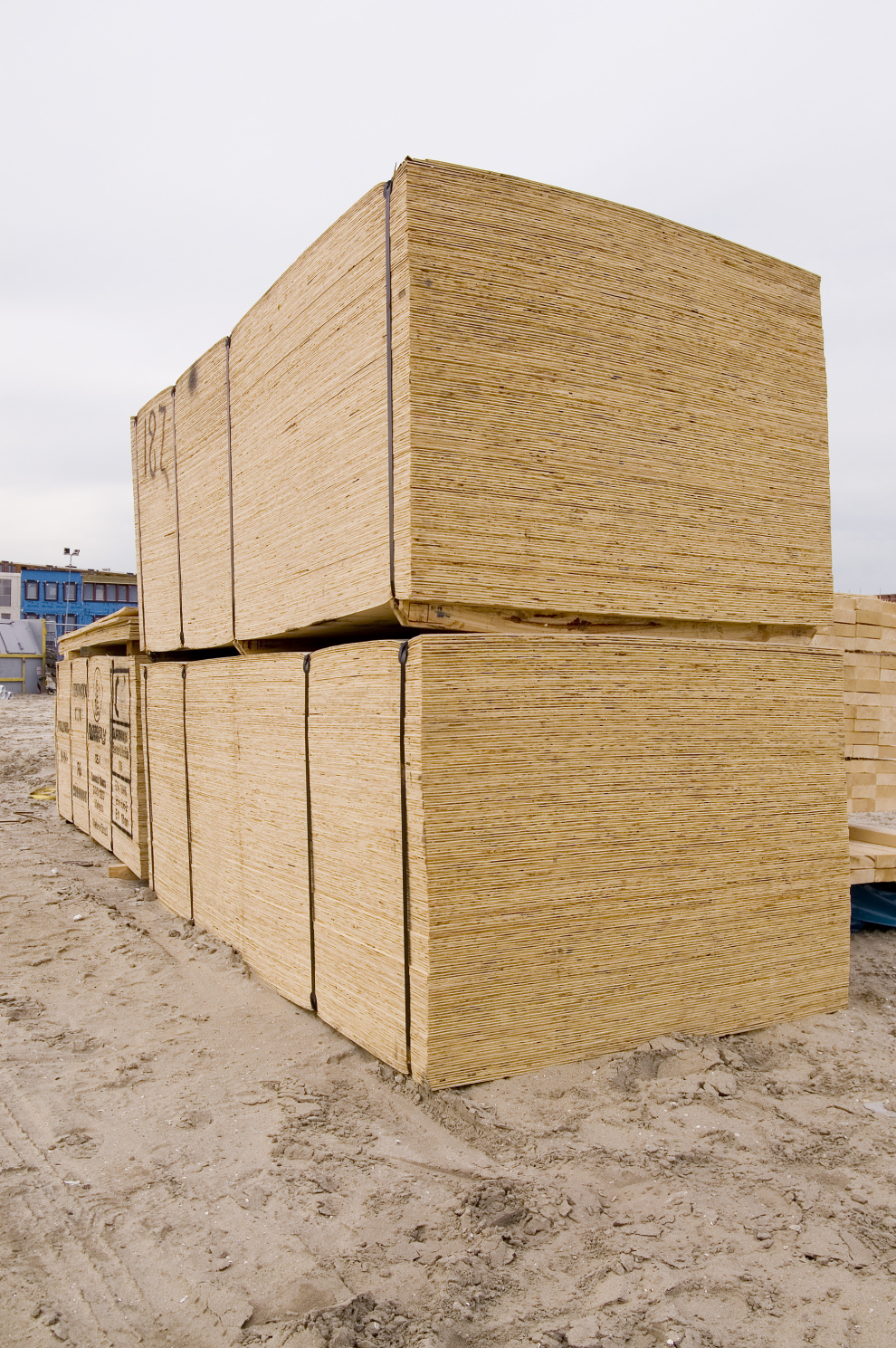
Exports of OSB from Norway rose 3%.
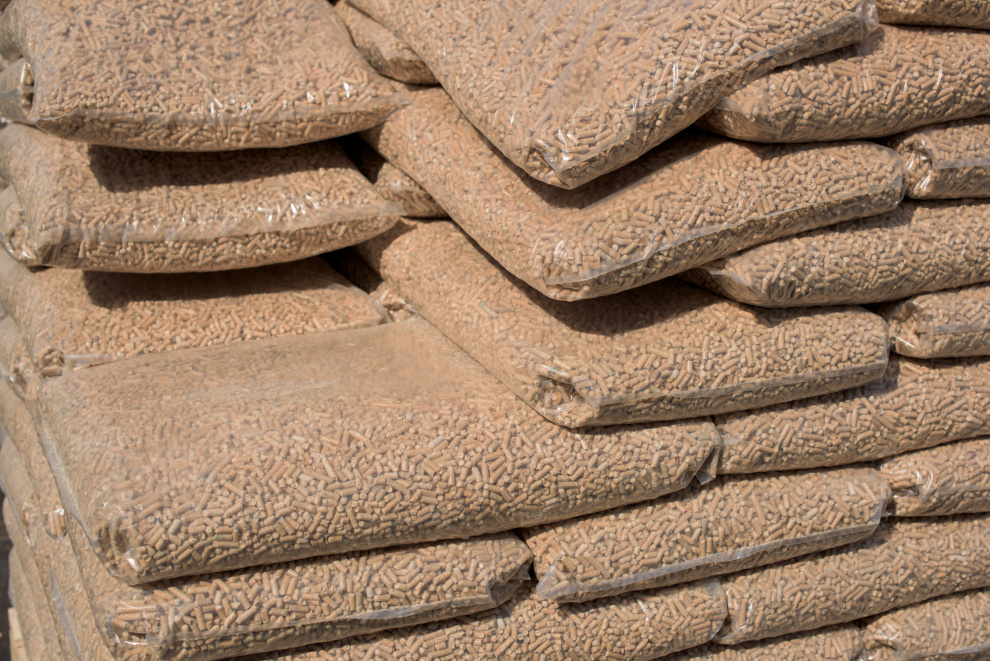
Price for wood pellets imported to South Korea added 0.5%.
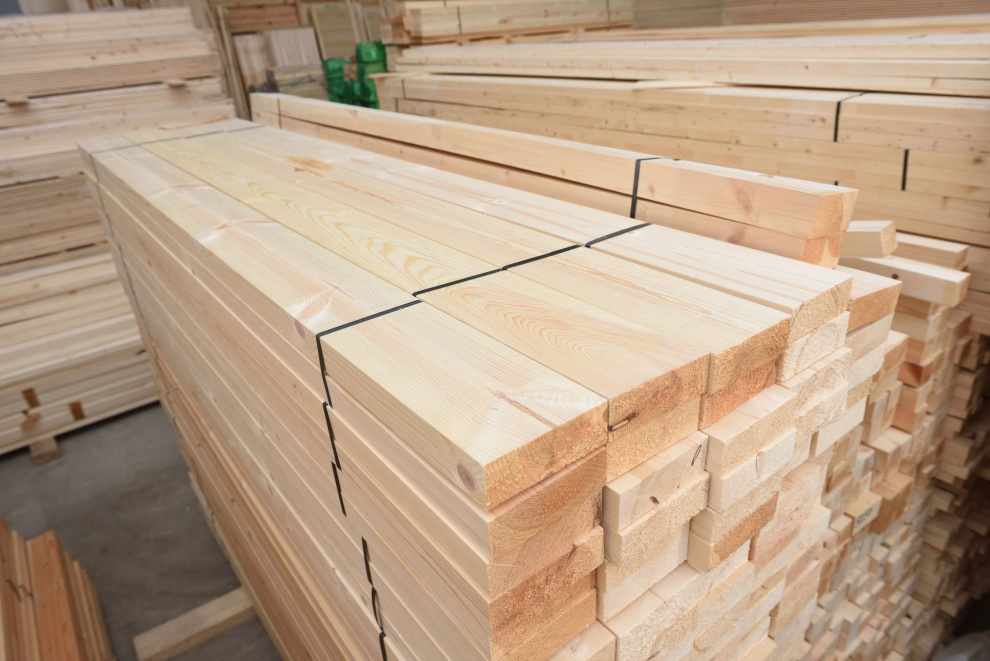
Exports of lumber from Russia to Kazakhstan expanded 15%.
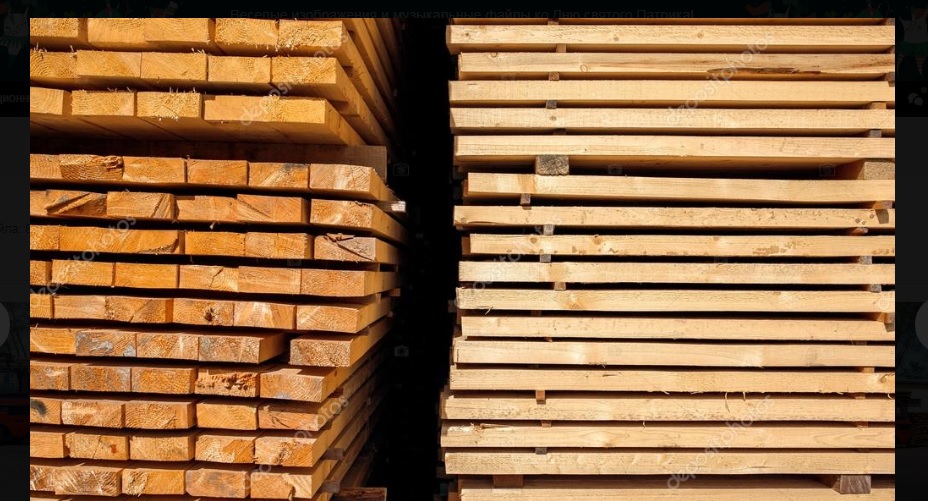
Exports of lumber from Norway expanded 7%.
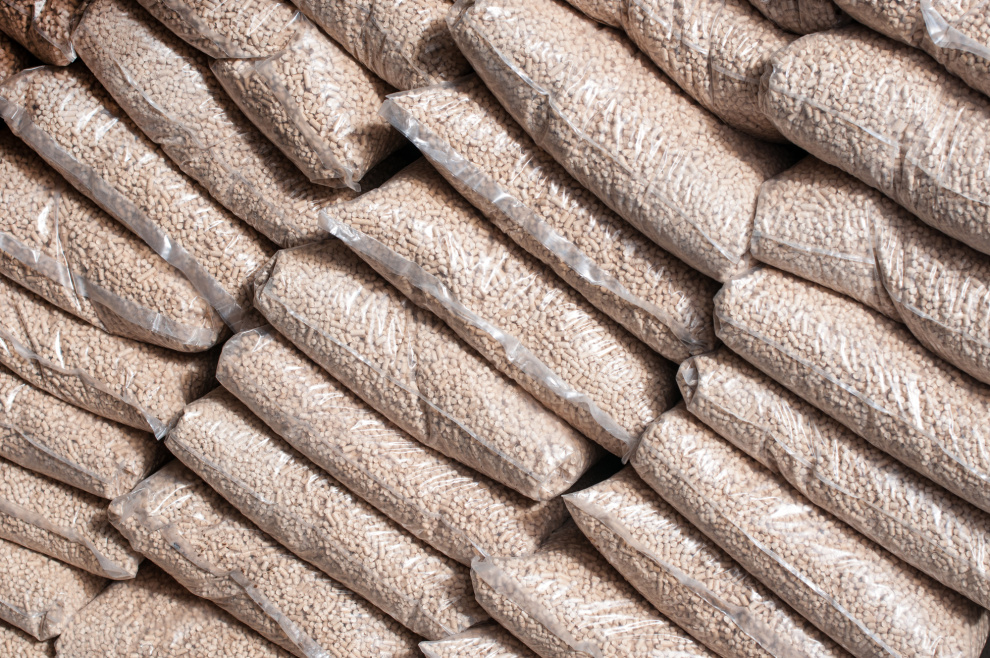
Imports of wood pellets to European Union decreased 23%.
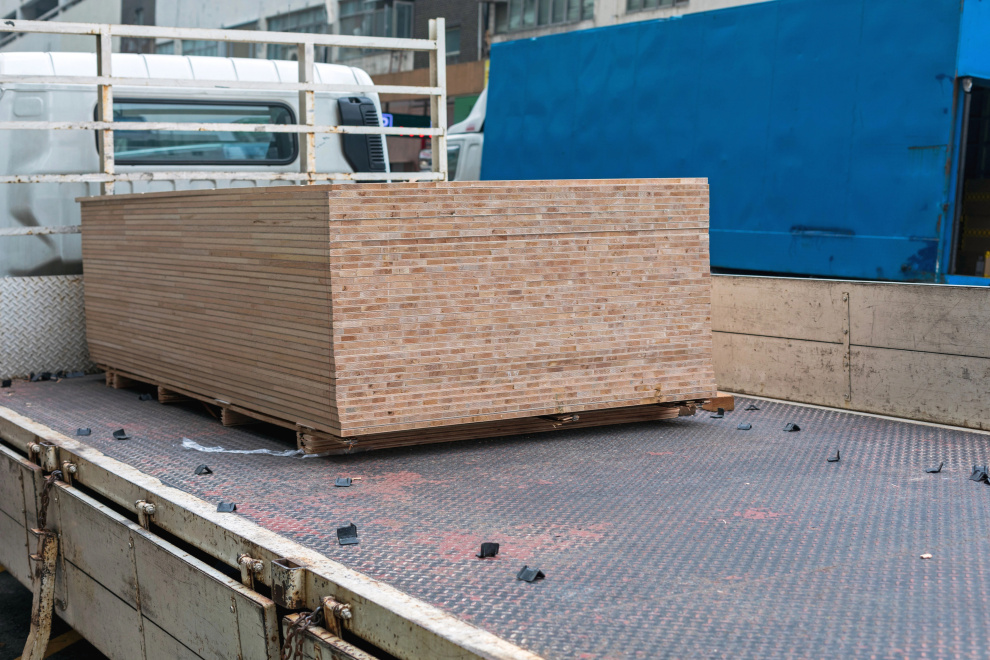
Wood panel prices fall 4.4% as wood processing sector marks nine-month decline.

Price for lumber imported to United Arab Emirates decreased 8%.

Imports of plywood to Mexico gained 5%.
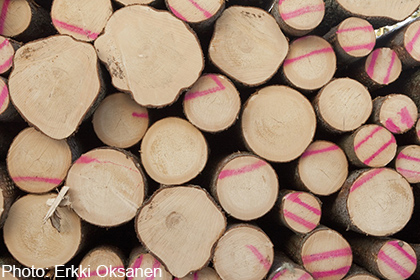
Price for logs exported from Lithuania grew 8%.
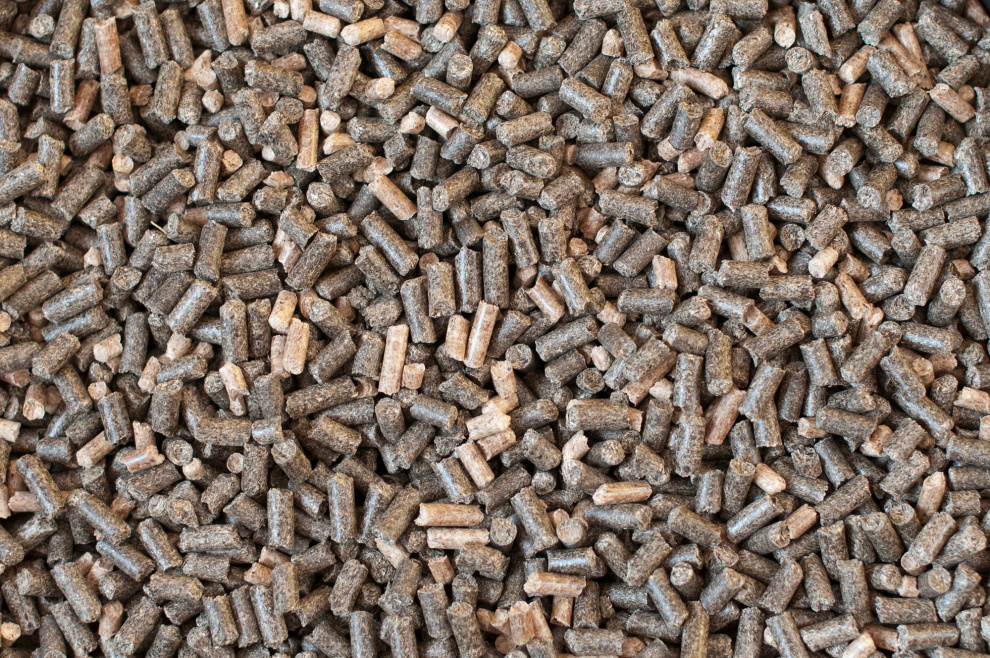
The price for wood pellets imported to the United Kingdom decreased 0.4%.

Price for plywood exported from Chile rose 3%.
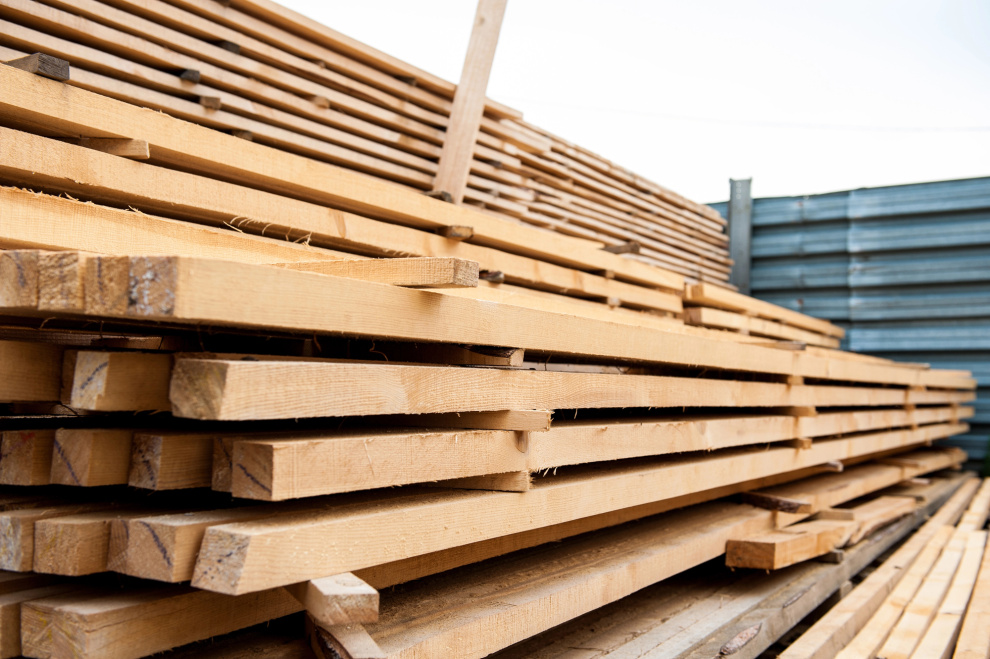
Price for lumber exported from Latvia rose 1.6%.
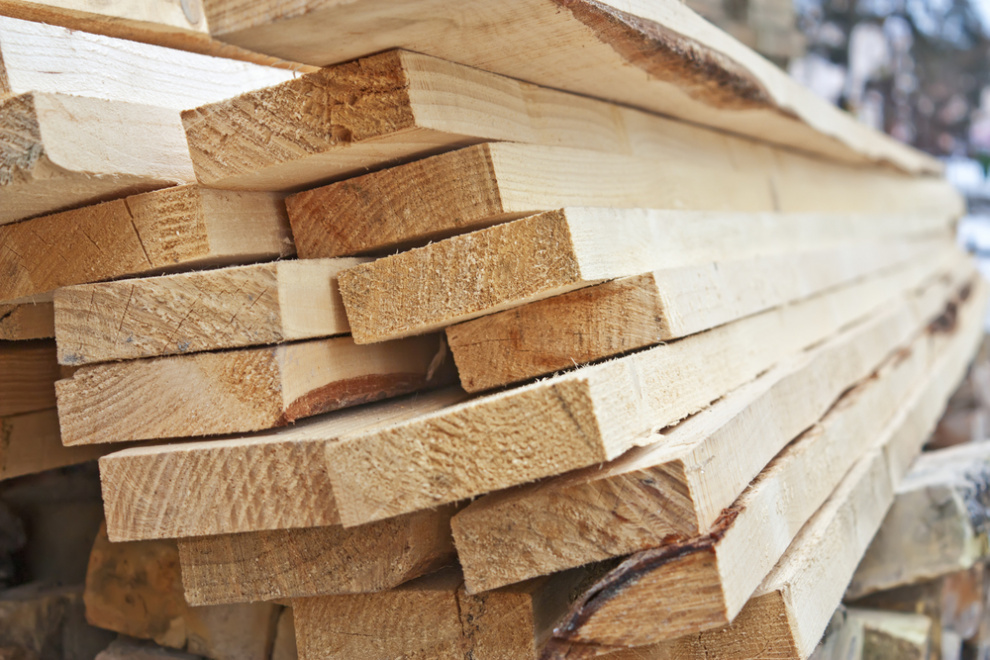
Price for lumber exported from European Union to Egypt slid 1.6%.
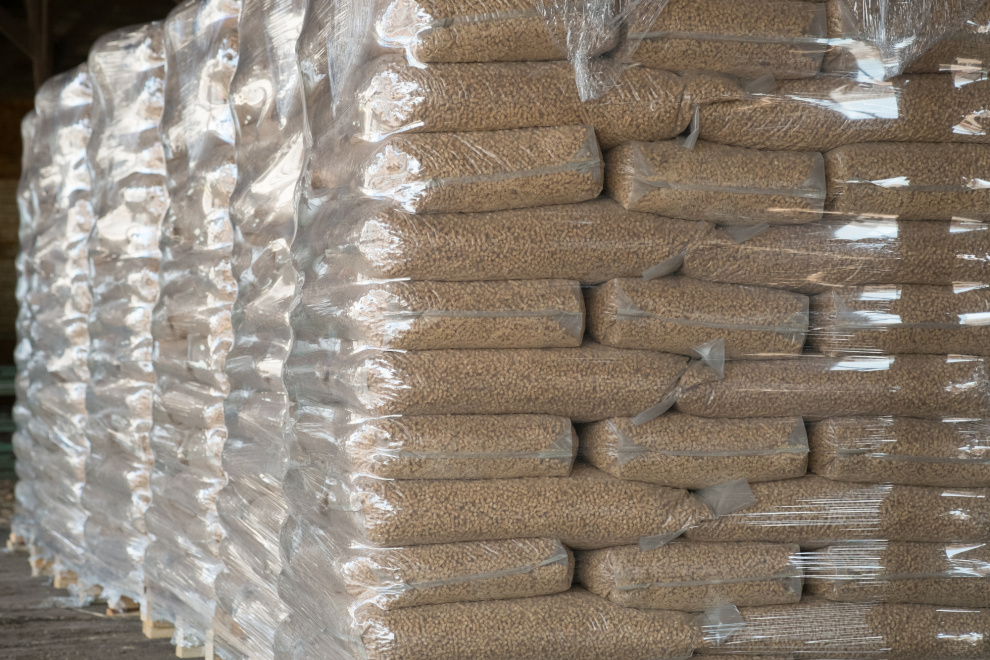
Imports of wood pellets to Poland expanded 16%.
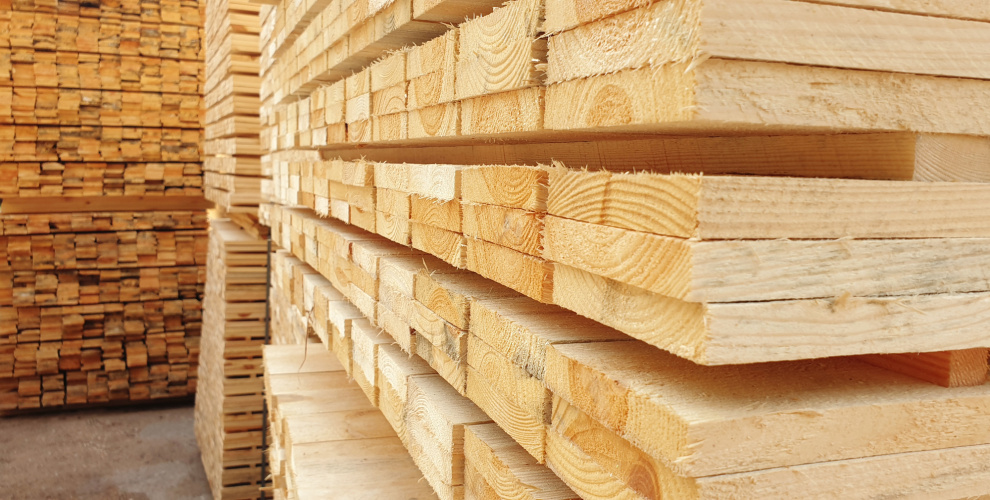
Price for lumber exported from Chile contracted 7%.
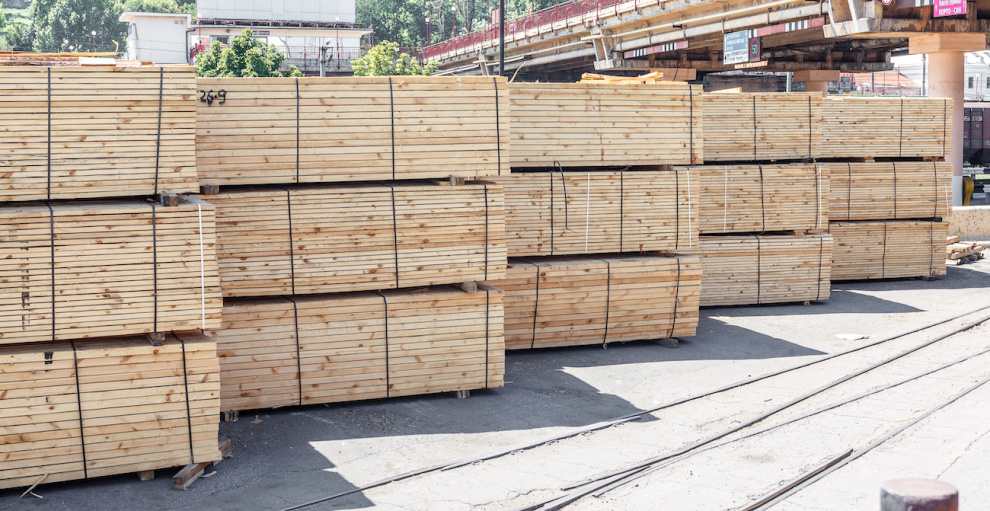
Imports of lumber to the United Kingdom lost 8%.

Price for wood chips imported to the United Kingdom decreased 44%.
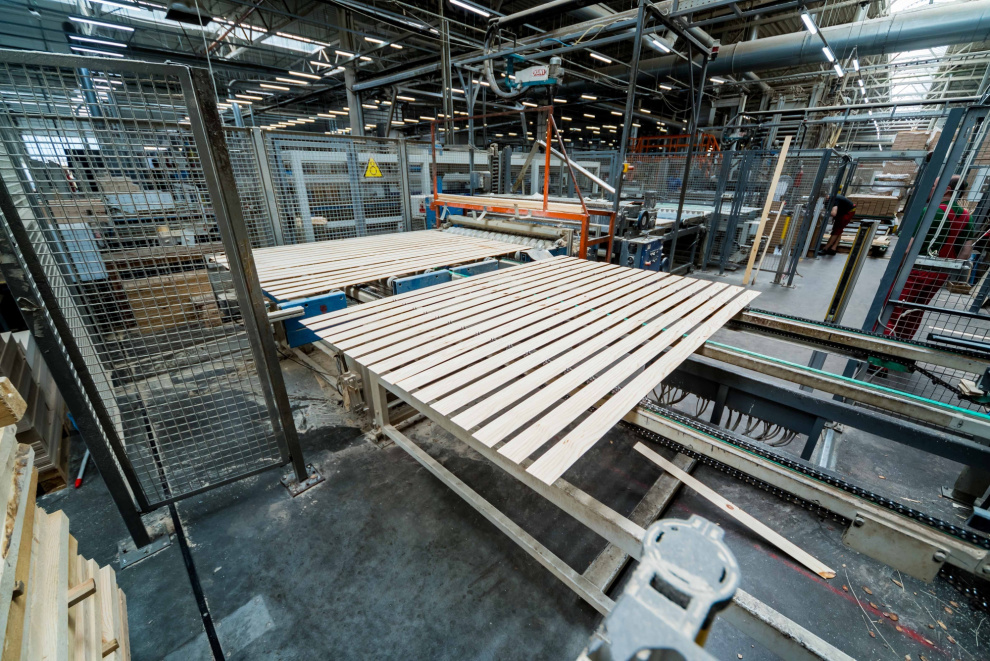
Hardwood lumber prices rise 0.5% while plywood rebounds from April decline.
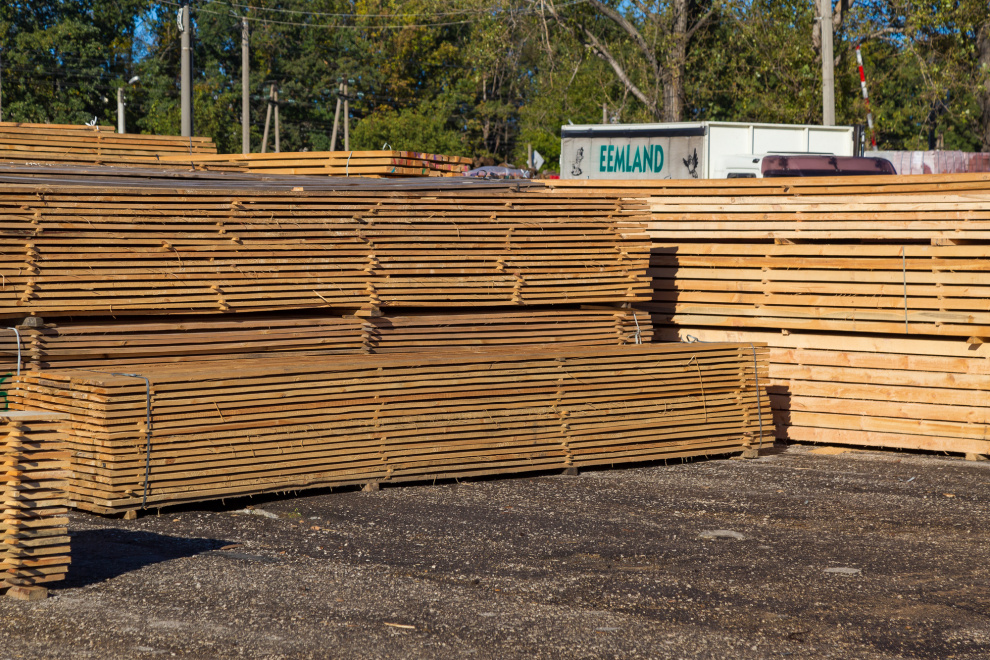
Imports of lumber to Egypt increased 11%.
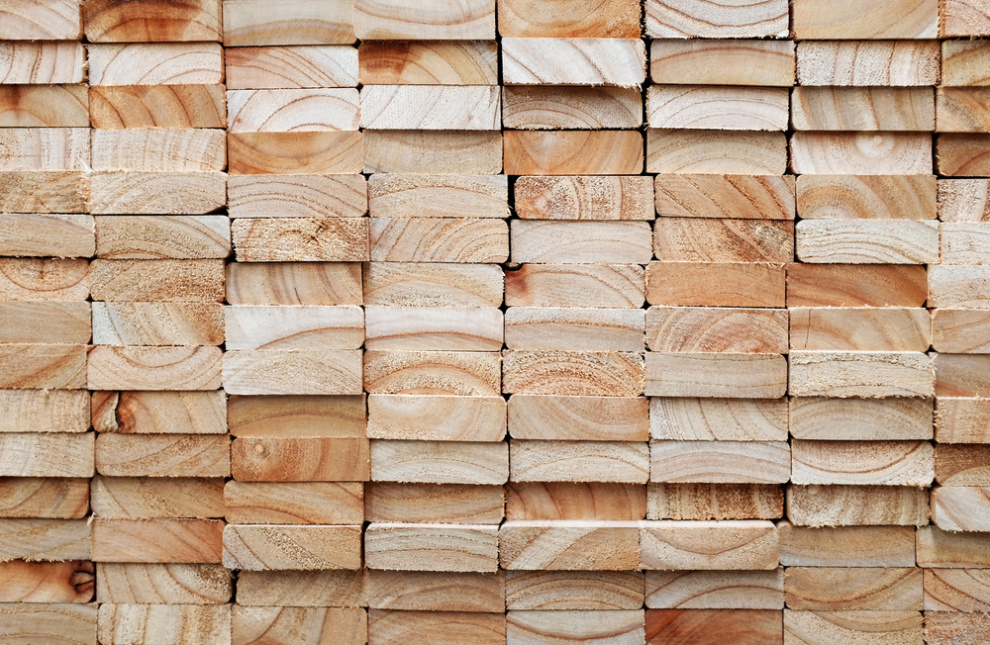
Exports of lumber from the U.S. to Mexico contracted 11%.
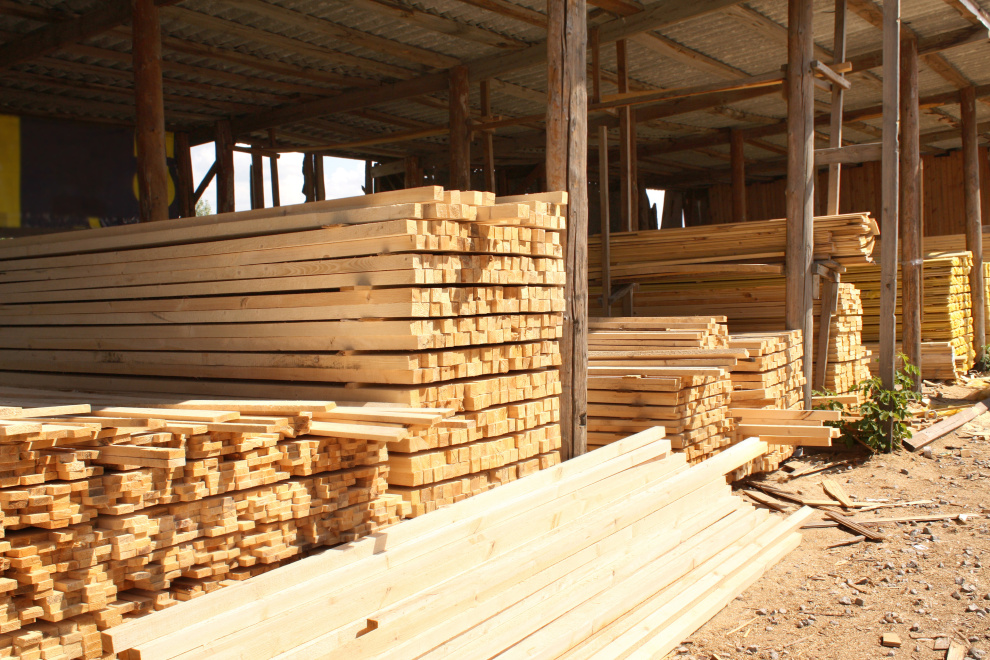
Exports of lumber from Brazil lost 10%.
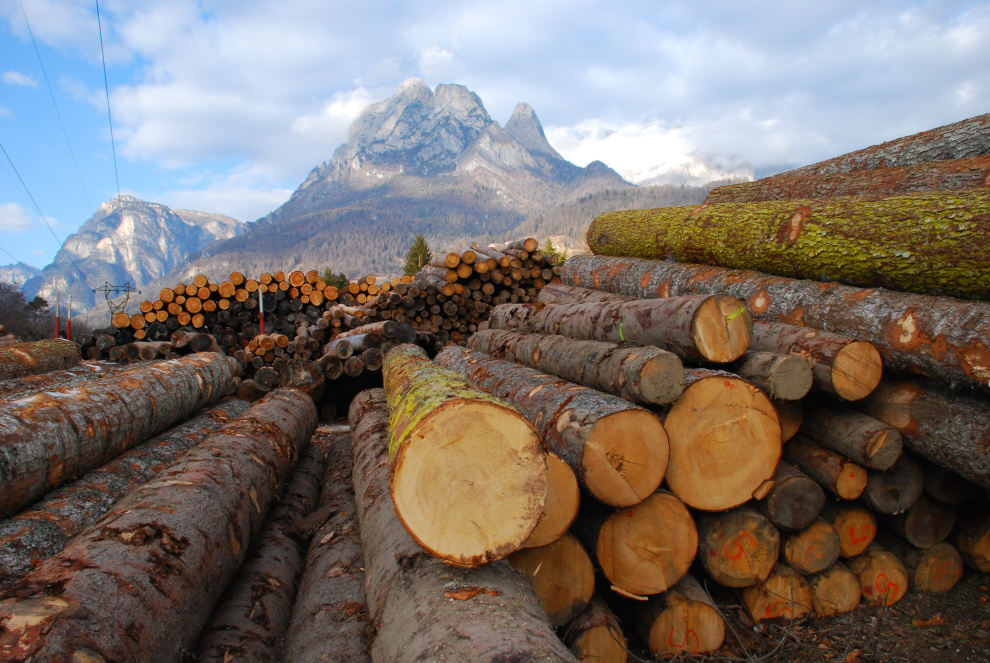
Price for logs exported from the U.S. increased 18%.

Exports of wood pellets from the U.S. rose 3%.
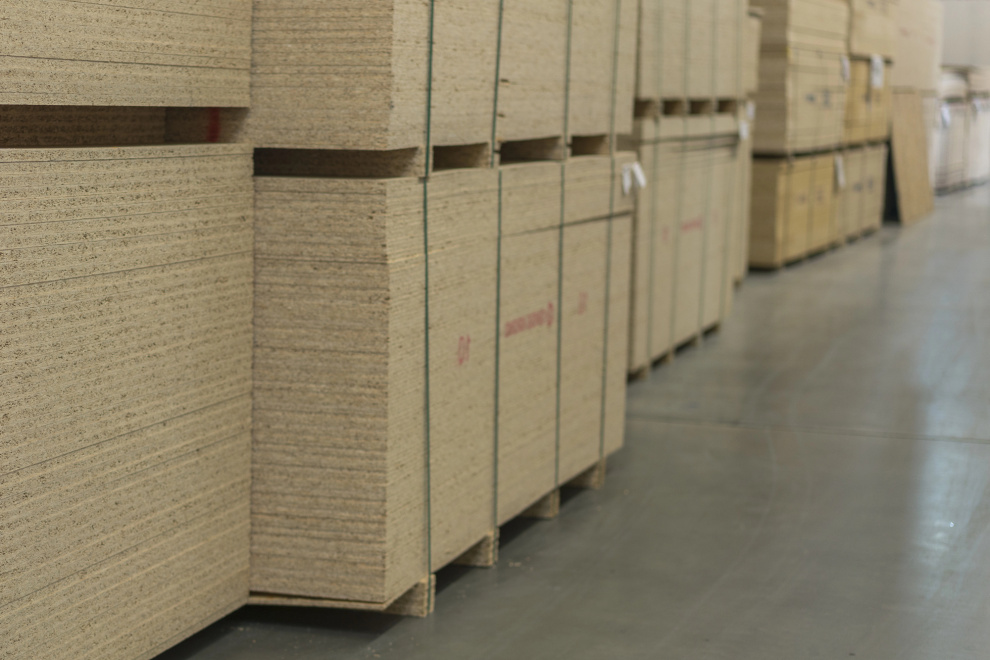
Price for MDF panels exported from the U.S. to Mexico dipped 1.1%.

Price for lumber exported from Sweden to the U.S. dipped 0.9%.
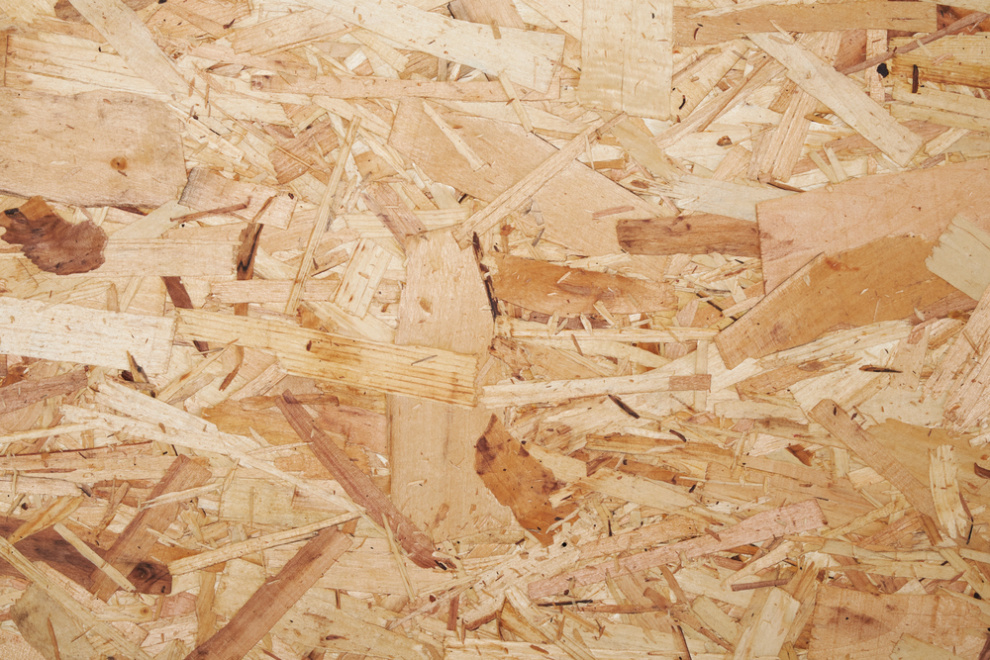
Price for OSB imported to the U.S. lost 19%.

Exports of SYP lumber from the U.S. grew 11%.

Price for lumber exported from Canada slipped by 0.3%.

Price for softwood wood chips imported to Turkey grew 11%.
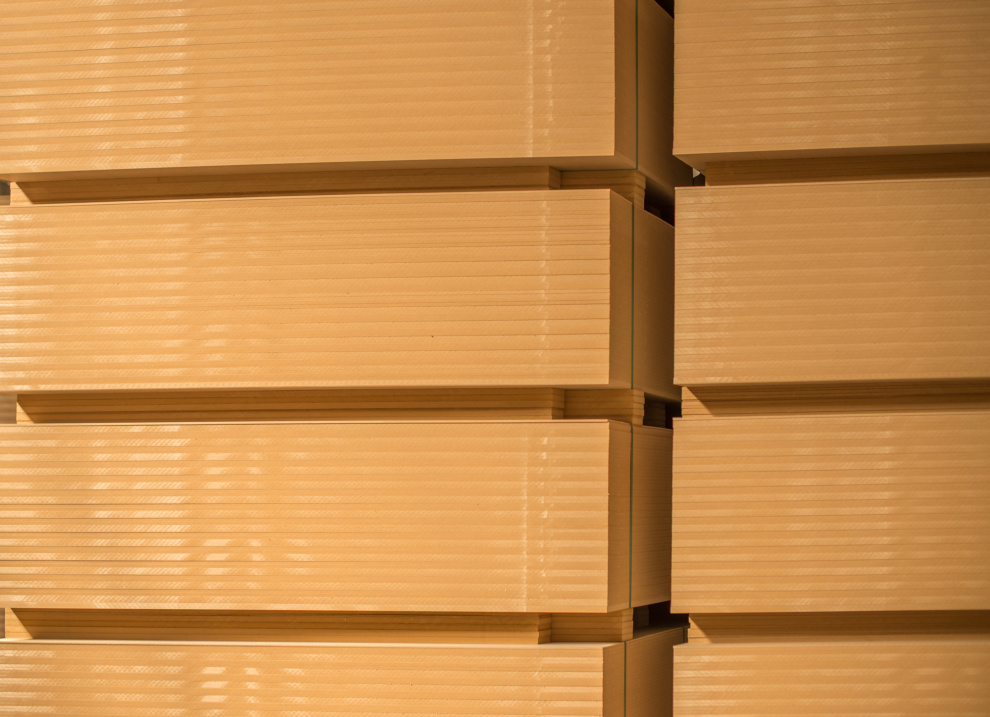
Imports of plywood to Japan increased 6%.
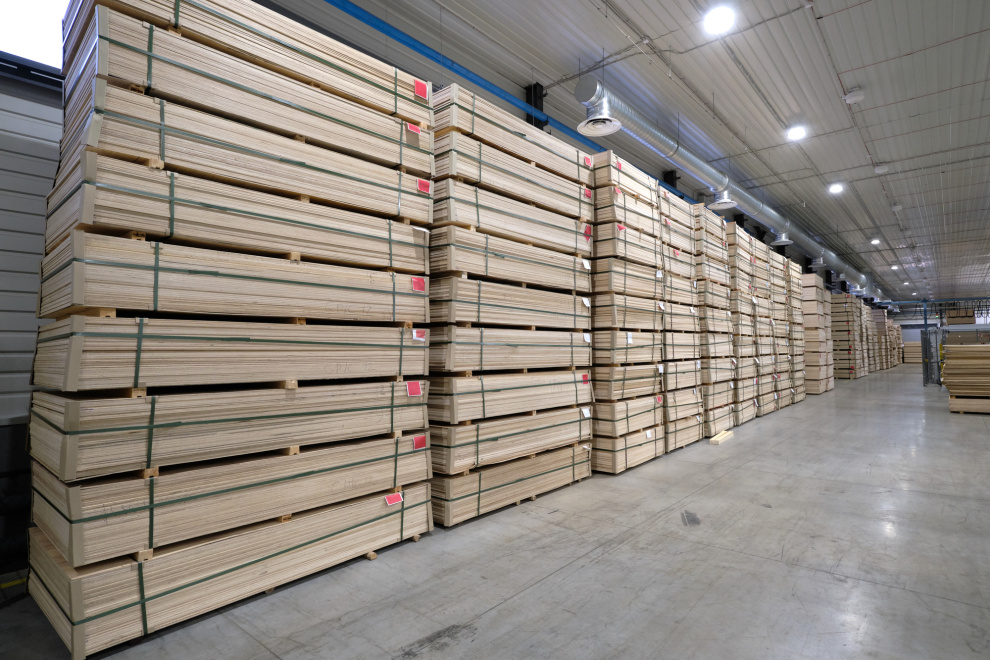
Exports of plywood from Russia to India decreased 14%.

Shipments rise 23% as capacity utilization reaches 79.2%
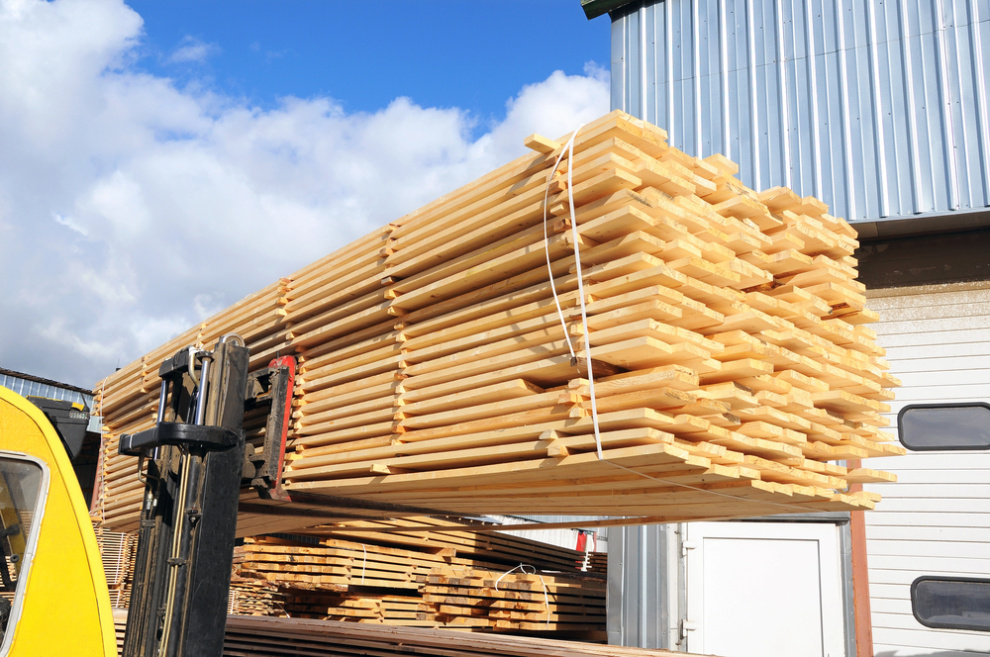
Holmen cuts 90,000 m3 of output while others slow production without layoffs.
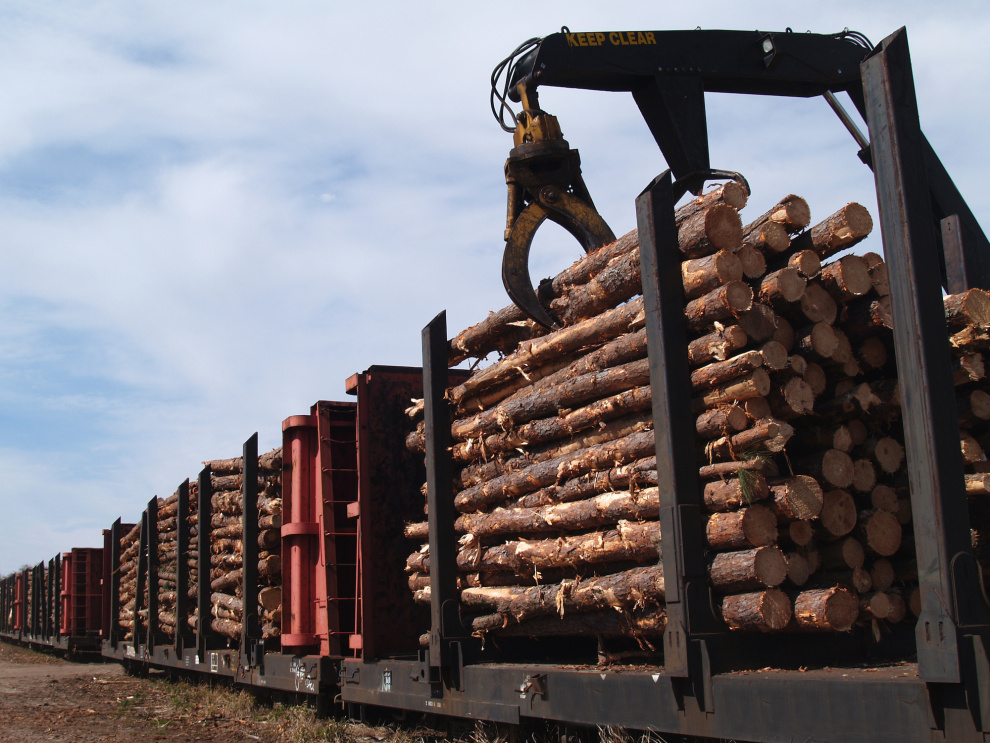
Imports of logs to India increased 11%.

Imports of wood chips to Japan downed 0.5%.
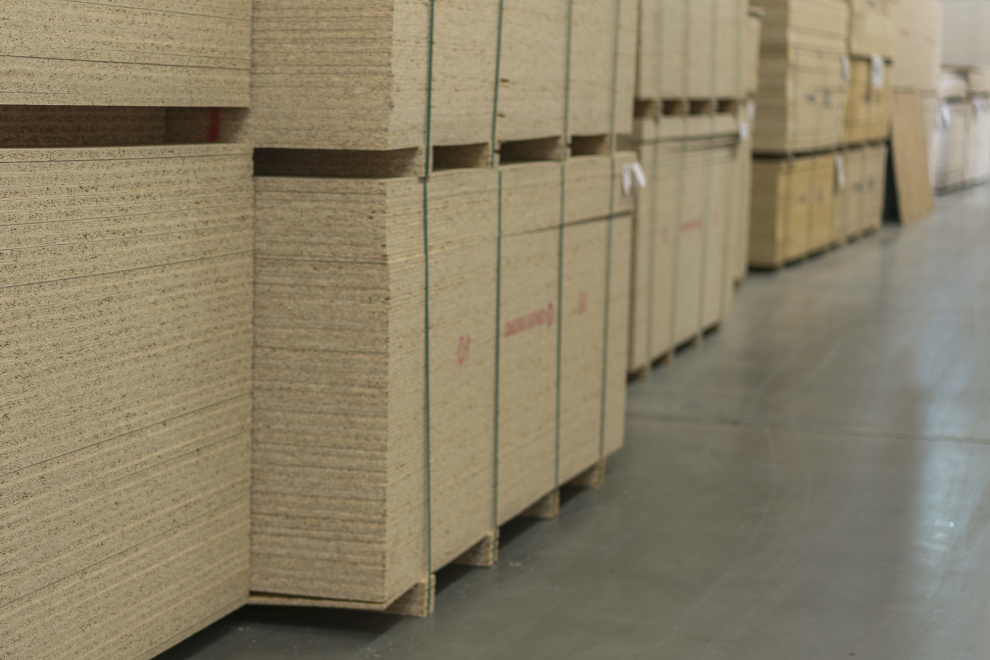
Exports of particle board from Turkey contracted 18%.

Imports of wood pellets to Japan grew 21%.
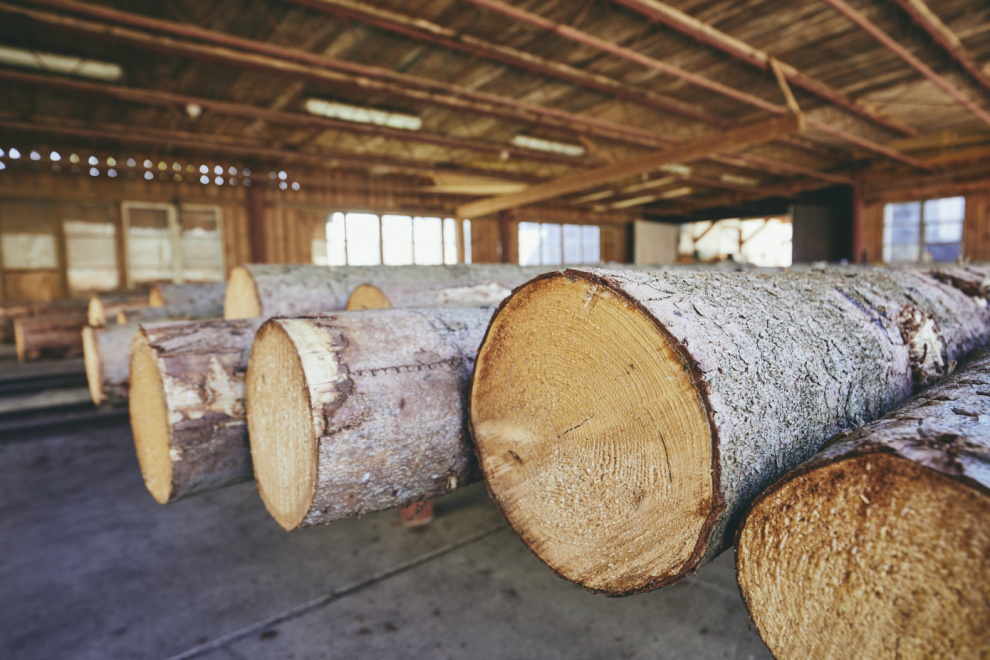
Price for logs imported to Japan rose 4%.
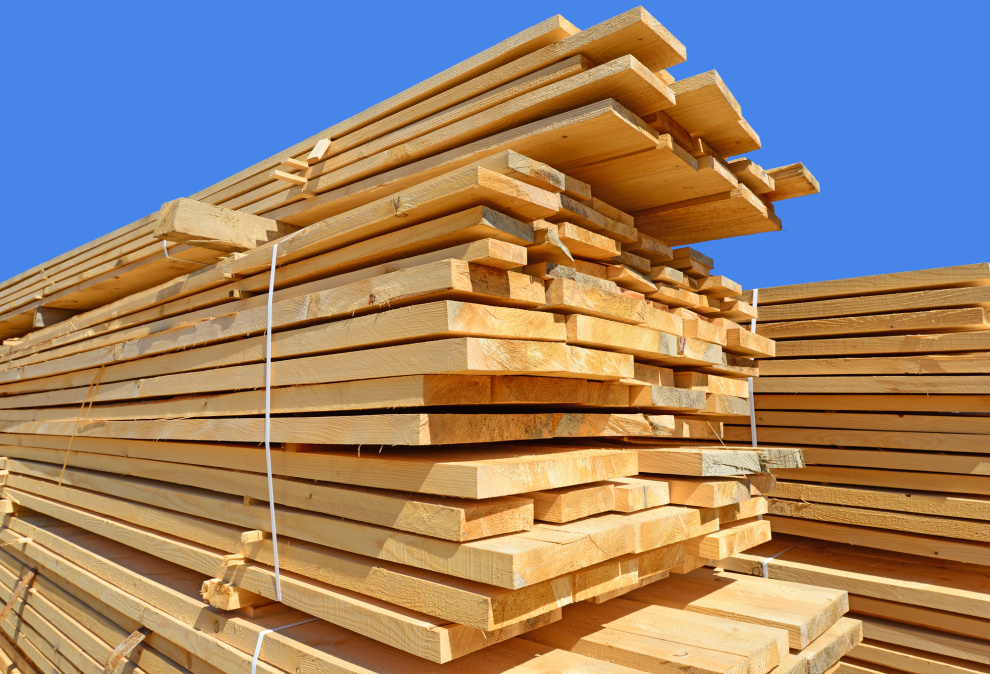
Imports of softwood lumber to Japan slipped 0.4%.
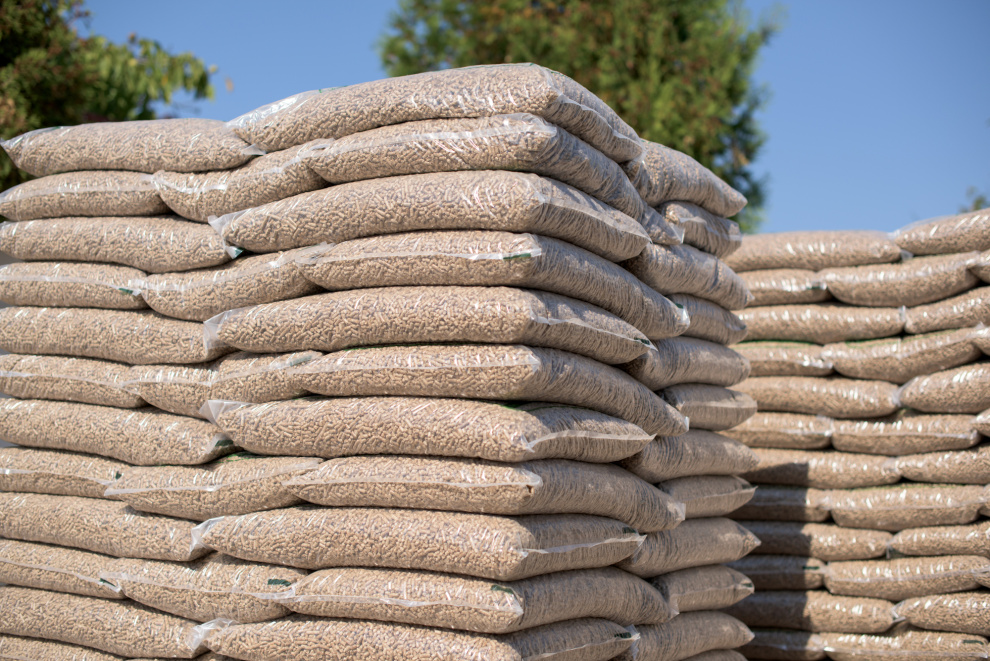
Price for wood pellets exported from Vietnam to Japan rose 5%.
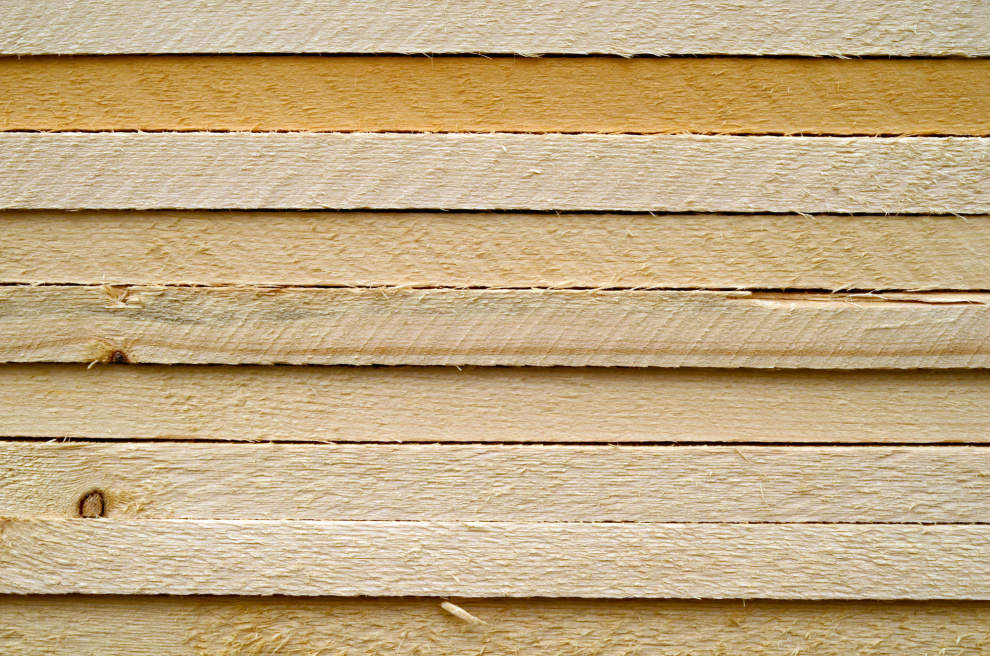
Price for lumber exported from Russia to Japan upped 2%.

Imports of wood pellets to European Union increased 23%.
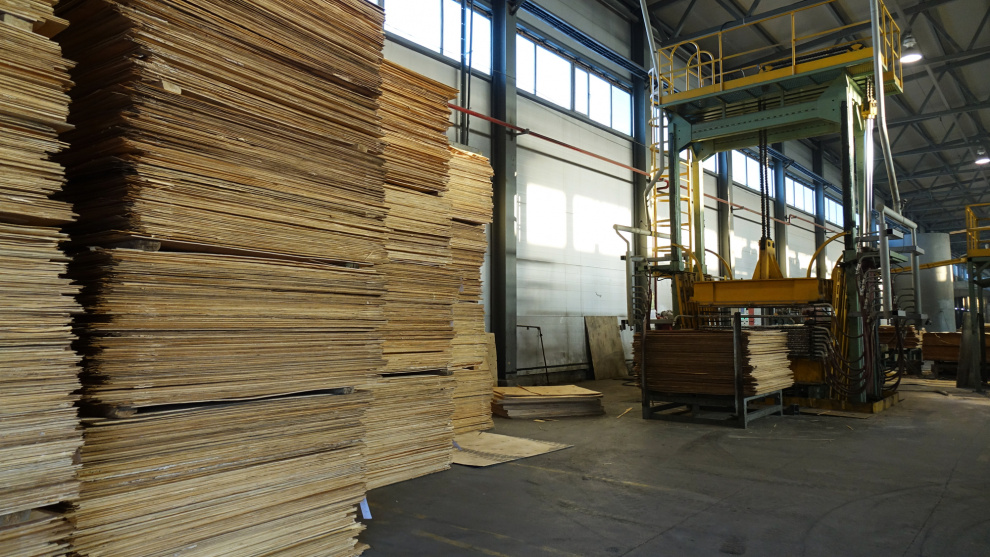
Exports of plywood from Russia to China grew 6%.
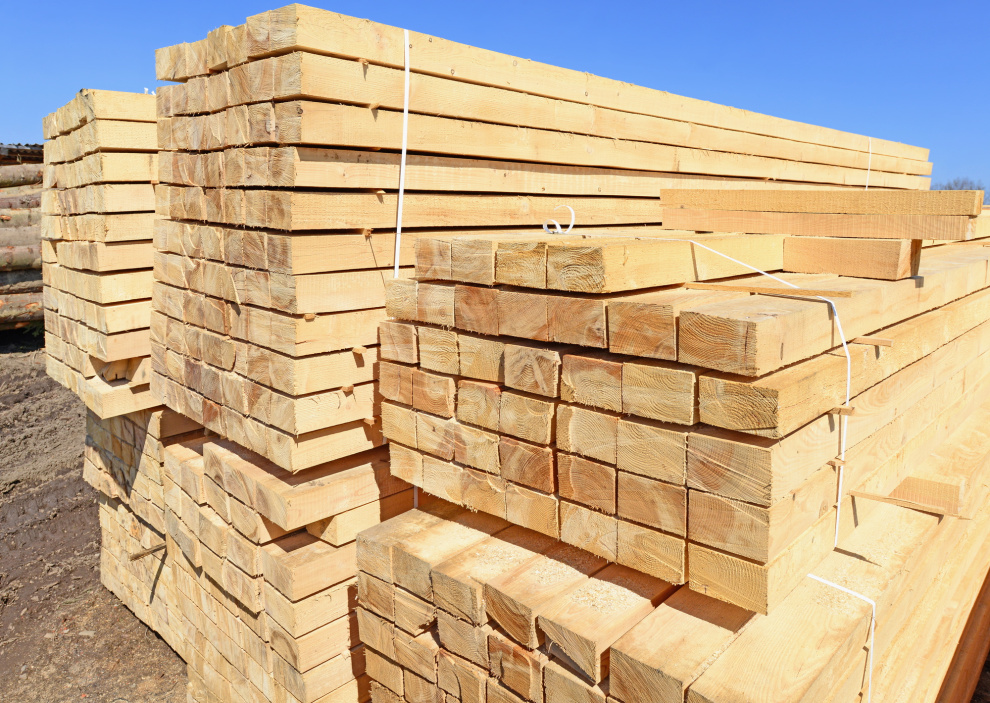
Ending inventory falls 33% year-over-year.
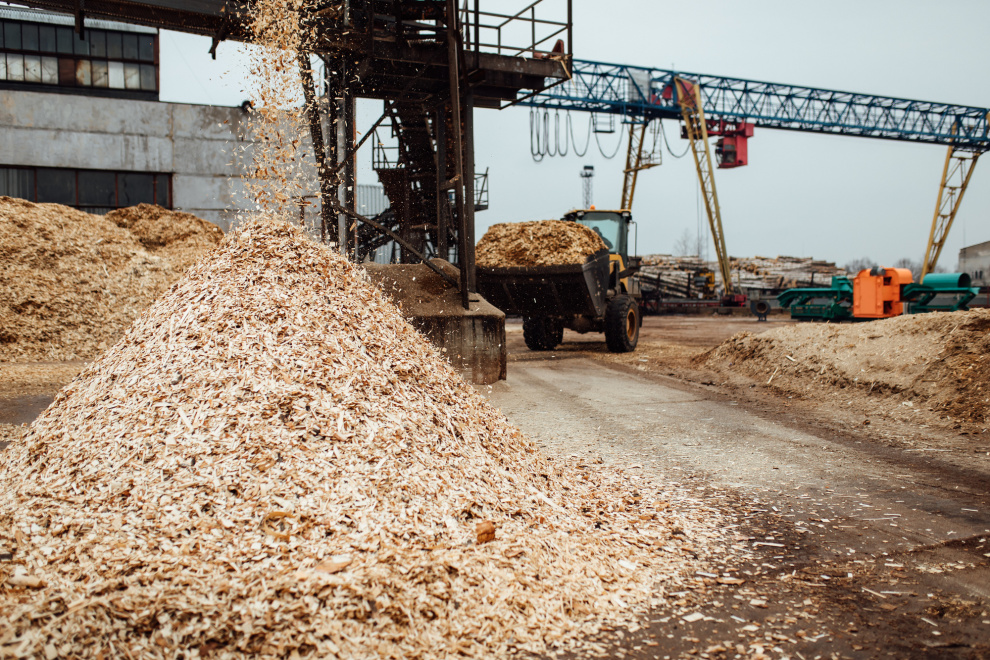
Exports of wood chips from Thailand grew 22%.
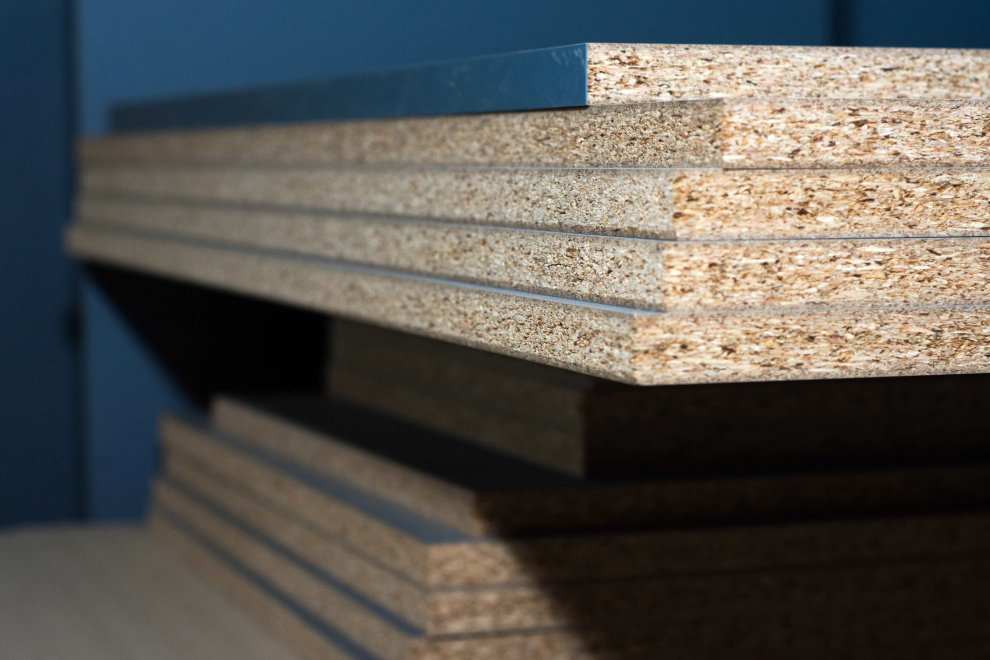
The price for particle board exported from Thailand adds 0.4%.

Closure follows profitability decline driven by raw material and production costs.
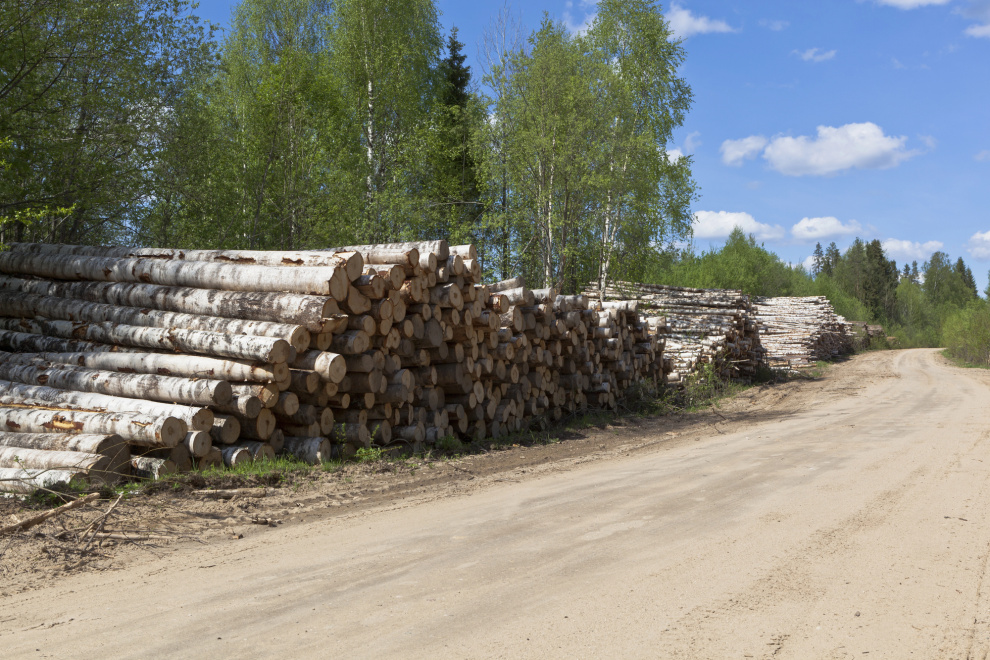
Exports of birch sawlog from Russia to China dipped 4%.
Exports of lumber from European Union to United Arab Emirates downed 4%.

Price for lumber exported from European Union to Morocco expanded 13%.

Price for lumber exported from Latvia expanded 29%.

Imports of plywood to Italy rose 4%.

Imports of wood pellets to Poland increased 23%.

Price for wood chips exported from Vietnam to China rose 3%.
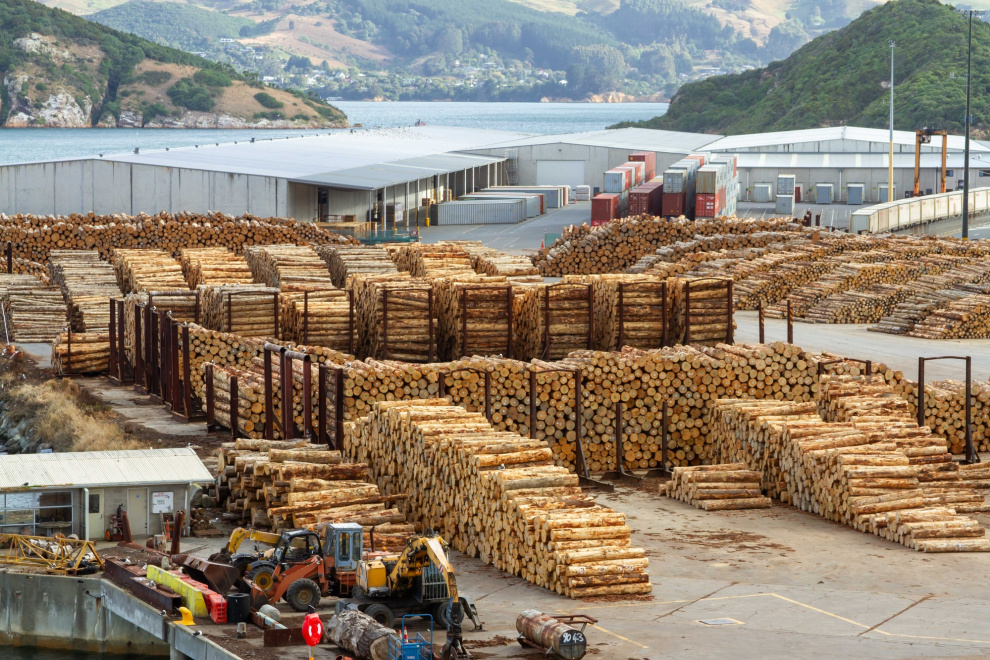
Price for logs exported from New Zealand to India slipped 4%.

Commercial housing sales decreased 43% from March and 3% year-on-year.